Ep. 78: Our Colors, by Gengoroh Tagame
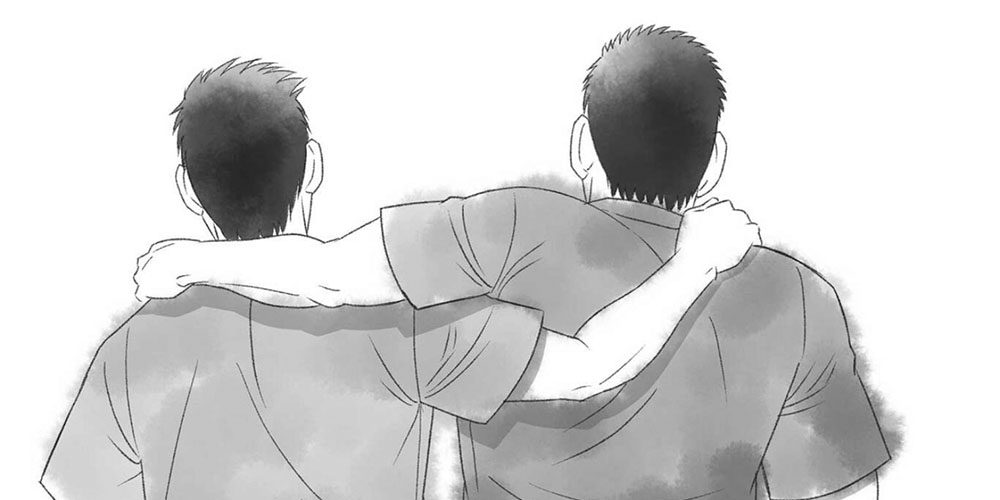
Every generation needs its coming-out story, and Gengoroh Tagame’s Our Colors is both groundbreaking and timeless. This week Christopher leads the crew through this autobiographically-informed title and many personal, hilarious, and even heartwarming (maybe a little cringe?) stories are shared. Plus: All four hosts have shout-outs this week!
Powered by RedCircle
Listen and Subscribe to the Podcast:
Google | Apple | Stitcher | RedCircle | Amazon | Radio Public | PocketCast | Spotify
IN THIS EPISODE
00:00 Our Colors
01:05:00 THE BREAK
01:05:30 Shout-outs! Some manga, a TV show about food (kinda) and a game that you might (or maybe shouldn’t) play
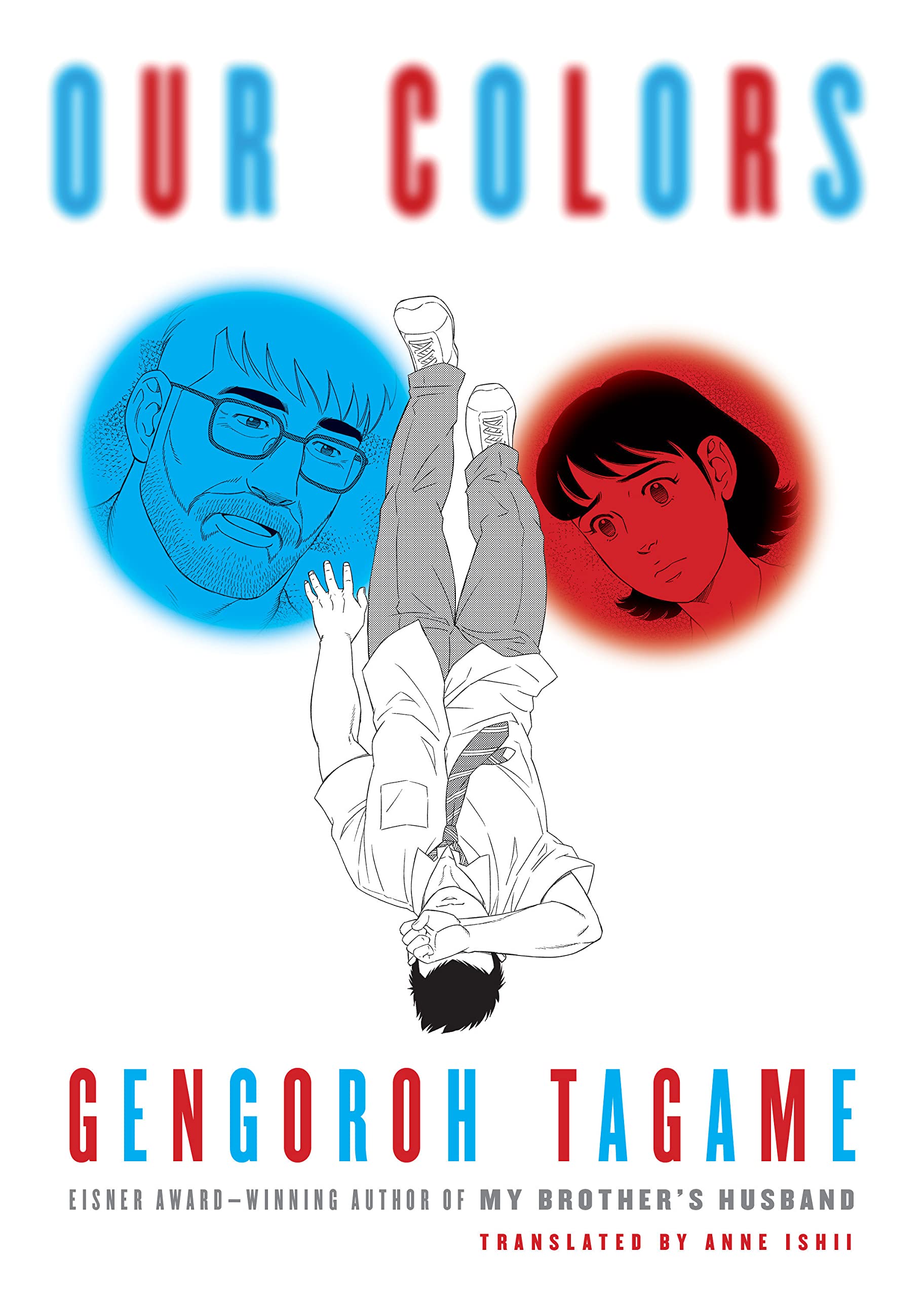
Our Colors
By Gengoroh Tagame
Translated by Anne Ishii
Designed by Chip Kidd
Production assistance by John Kuramoto
Published by Pantheon Books. Available in print / digital
Audio editing by David Brothers. Show notes by Christopher Woodrow-Butcher and Deb Aoki
BEFORE WE GET STARTED
This episode is sort of a hard PG-13, but the show notes are NSFW, fair warning.
As we mention pretty quickly in this episode, this is our second experience with the work of Gengoroh Tagame, after our episode on MASSIVE earlier this season. You can go listen to that episode and read the show notes for a decent grounding on gay manga, the impact of Tagame-sensei, both on gay manga in Japan, and the impact that MASSIVE has on the availability and visibility of gay manga internationally. Plus, the book itself is FULL of fascinating interviews and info about gay manga and gay culture in Japan. It’s available now from Fantagraphics, and if you find that Our Colors is up your alley, go get a copy of MASSIVE too.
That said, you don’t NEED to do that! Our Colors stands on its own very well, but if you, like me, like to dig into this stuff, well, we’ve got some info for you already!
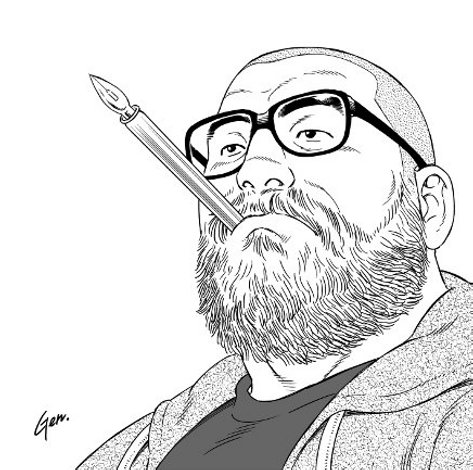
ABOUT GENGOROH TAGAME
(From the Penguin Random House bio, in italics)
Gengoroh Tagame was born in 1964 and lives in Tokyo. After graduating from Tama University of Art, Tagame worked as an art director while writing manga and prose fiction, contributing illustrations to various magazines. In 1994 he co-founded the epochal G-Men Magazine, and by 1996 he was working full-time as an openly gay artist.
[Christopher:] While I was browsing used and gay bookstores in Japan, I actually came across a magazine containing some of Tagame-sensei’s earliest illustrations and comics, SABU. SABU: Mangazine For Men Who Love Men was published from 1974 to 2002, and is considered by fans to be the first magazine concerned with a masculinist gay image. The magazine was founded by Go Mishima (we talked about him in the MASSIVE episode linked above), and the early issues were about cut/muscular/ab-having dudes, often with fundoshi/‘traditional’ Japanese underwear, tattoos, crew cuts, and even some S&M themes. Kinda makes sense that Tagame would be drawn to that sort of gay ideal, eh? 🙂 Here’s a few pages from SABU from 1992, featuring a cover illustration by Tagame and the title-page from his comic in that issue. So hot the page edges are burned! 😀
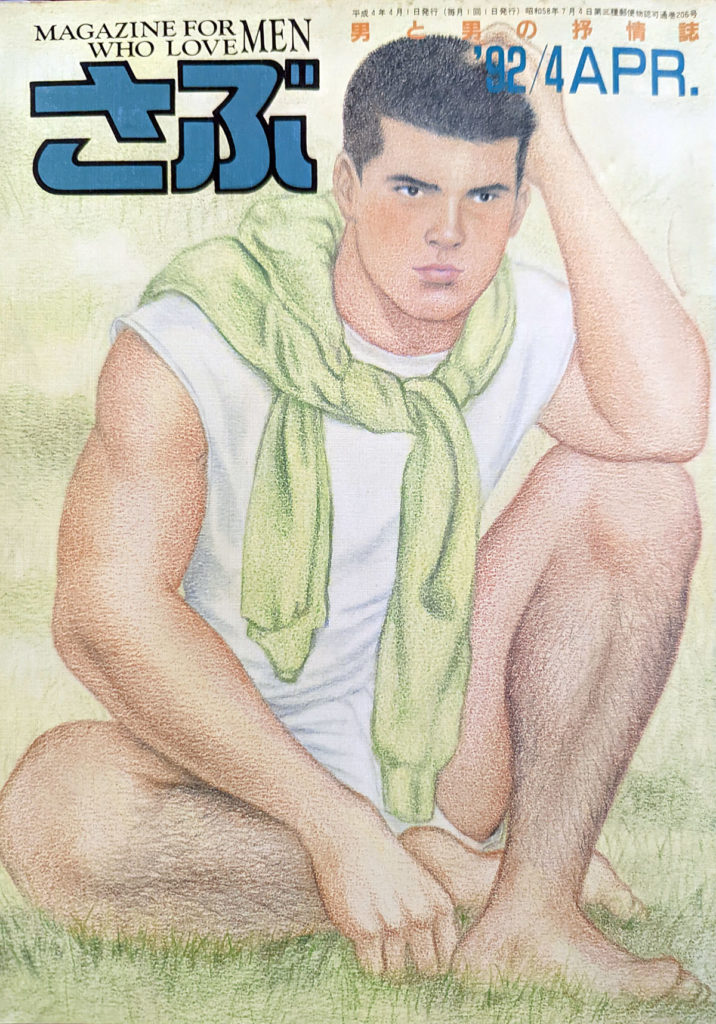
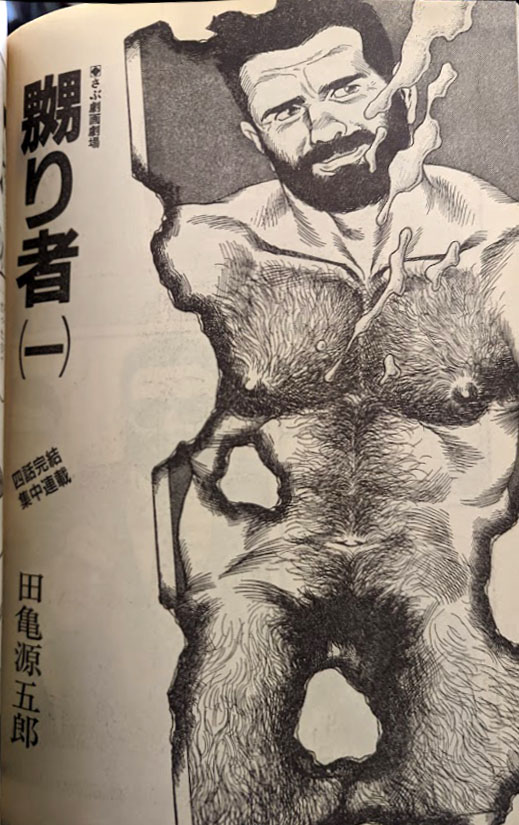
R: Title page from a story by Gengoroh Tagame
He is the author of dozens of graphic novels and stories, which have been translated into English, French, Italian, and Korean. His artwork has been exhibited in galleries across Europe and America.
[Christopher:] Tagame was one of the first gay manga creators that became well-known to Western gays and manga fans, basically because he was the only one with an English-language version of his website! He’s always been a forward-thinking creator who recognizes that his audience extends beyond Japan. You can visit the English version of his site, “The Gay Erotic Art of Gengoroh Tagame” along with his Japanese website to view galleries of images, lists of published works, and even some “shocking” content. You can still see said website at this link.
Despite having an English website in the early 2000s, it wasn’t until the publication of The Passion of Gengoroh Tagame by Picturebox Books (RIP) in 2013, with the assistance of Chip Kidd and the MASSIVE team of Anne Ishii and Graham Kolbeins, for him to be legally, officially translated into English. In 2014, the MASSIVE anthology was published by Fantagraphics, and then German gay book publisher Bruno Gmunder began an extensive publishing program of gay manga, which included four titles by Tagame-sensei: Endless Game, Gunji, Contracts of the Fall, and Fisherman’s Lodge. Unfortunately, following the death of its founder, Bruno Gmunder went out of business and these books went out of print… and now fetch a LOT of money on the secondary market.
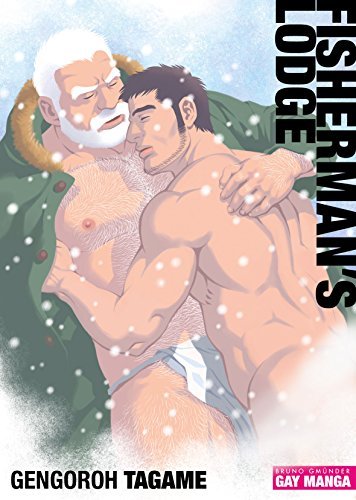
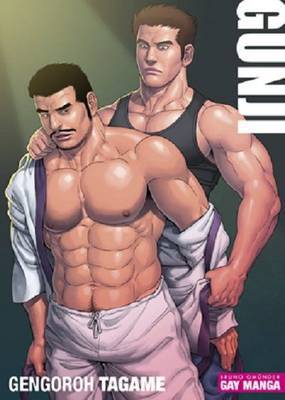
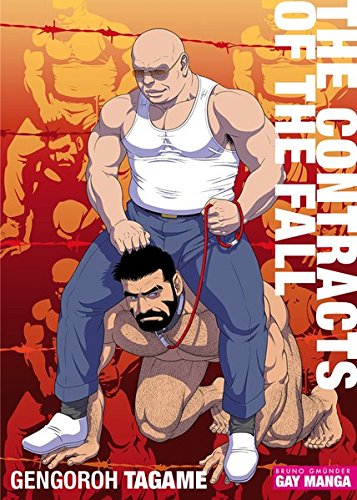
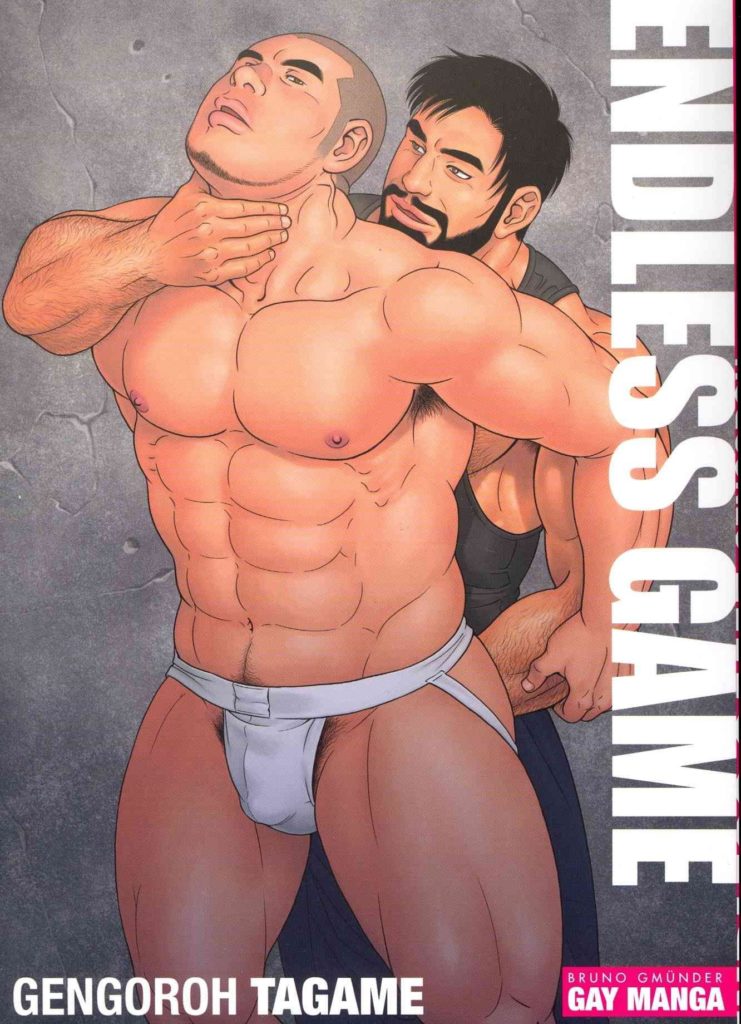
That said, Tagame has also been extensively published in other languages. If you’re a French-reading or Italian-reading fan of Tagame’s work, there’s quite a few titles available. Oh, and it should go without saying, but all of the titles listed above are VERY adult, and not for the faint of heart.
His first all-ages title, My Brother’s Husband, earned him the Japan Media Arts Festival Award for Outstanding Work of Manga from the Agency for Cultural Affairs. In 2018, it received the Eisner Award for Best U.S. Edition of International Material—Asia.
[Christopher:] Yeah, “His first all-ages title” is carrying a LOT of weight right there. Lol. Anyway, yes, My Brother’s Husband became very popular around the world, getting numerous editions in various languages. I even saw it in Traditional Chinese here in Taiwan the other day! It also got a live action adaptation from NHK, Japan’s national broadcaster, which is… a really big deal. NHK is a notably conservative media outlet, and for them to adapt this manga to live action TV show and to run it in prime time? Cool stuff, very progressive.
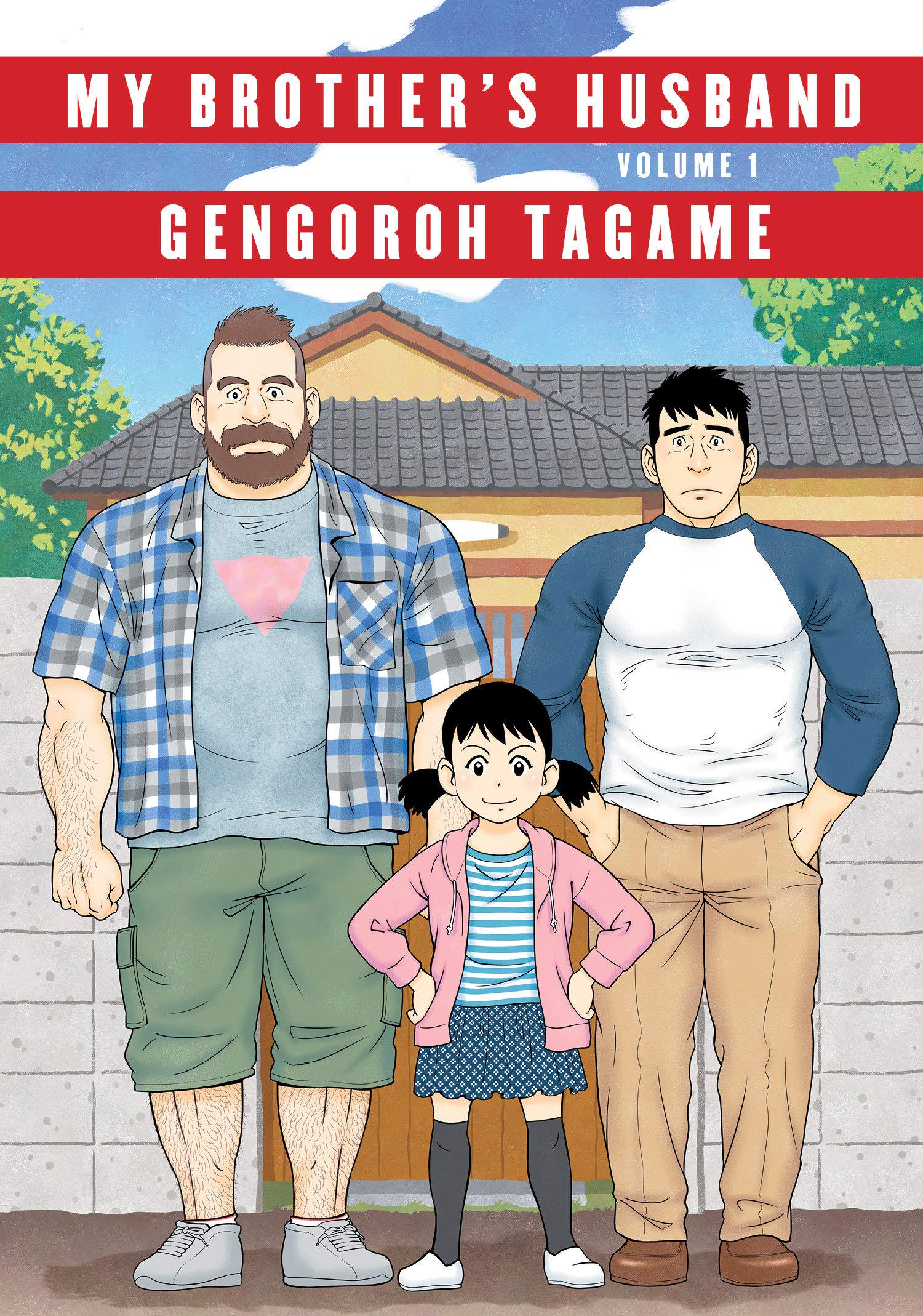
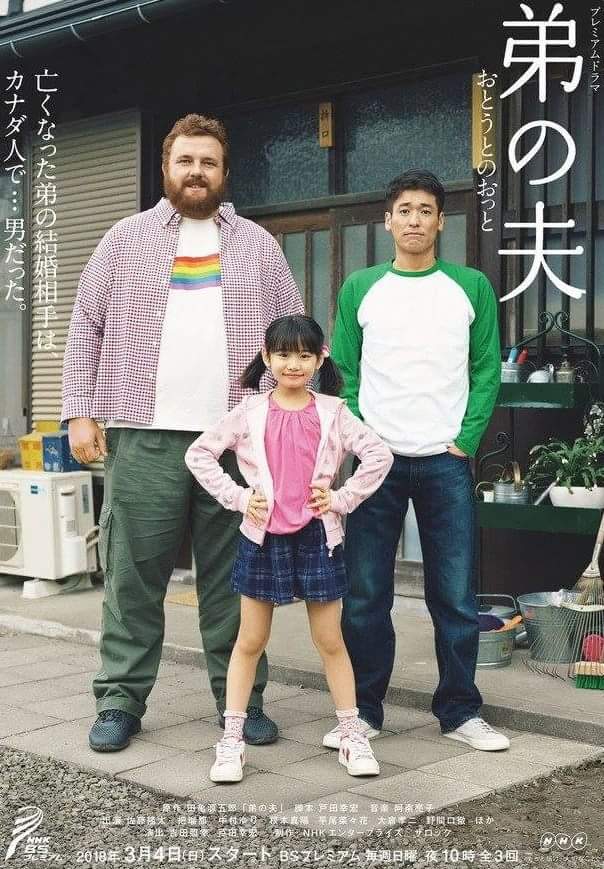
Which is all to say that Tagame’s follow-up to My Brother’s Husband was a hotly anticipated release. I think the timing is a bit unfortunate, being at the tail end of the pandemic when it’s difficult, if not impossible for Tagame to travel to promote it, which is honestly why I wanted to choose this book, rather than My Brother’s Husband to discuss on Mangasplaining. Our Colors is brand new, it’s in stores now, and it could use some positive attention given how… completely insane and otherwise distracting the world is right now.
So now you’re up to date, let’s talk about Our Colors!
01:00 We talked about My Brother’s Husband a bit above, but yeah, it did very well, was released as two hardcover volumes, and then as an all-in-one bind-up from Pantheon during the pandemic.

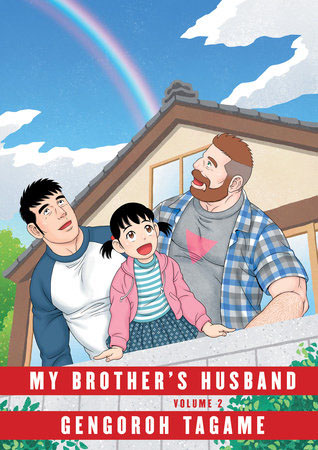
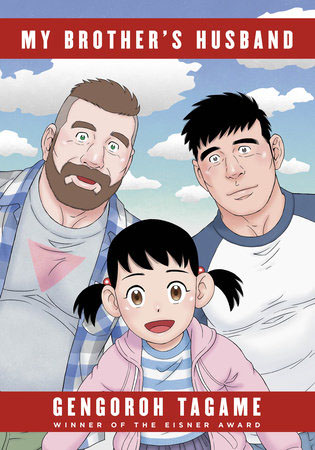
I actually re-read My Brother’s Husband from start to finish again while doing these show notes, and just like the last time, it made me cry at the end. It’s such a good, affecting book, and I hope I don’t take anything away from it talking about it this episode as being for a different audience. It’s very, very good.
02:45 ABOUT OUR COLORS
Here’s the description from Pantheon:
A mesmerizing coming-of-age and coming-out graphic novel by the genius writer-artist of the Eisner Award–winning breakout hit My Brother’s Husband
Set in contemporary suburban Japan, Our Colors is the story of Sora Itoda: a sixteen-year-old aspiring painter who experiences his world in synesthetic hues of blues and reds, governed by the emotional turbulence of being a teenager. He wants to live honestly as a young gay man in high school, but that is still not acceptable in Japanese society. His best friend and childhood confidant is Nao, a young woman whom everyone thinks is (or should be) his girlfriend; and it would be the easiest thing to play along—she knows he is gay but knows, too, how hard it is to live one’s truth in their situation.
Sora’s world changes forever when he meets Mr. Amamiya, a middle-aged gentleman who is the owner and proprietor of a local coffee shop, and who is completely, unapologetically out as a gay man. A mentor-ship and friendship ensues, as Sora comes out to him and agrees to paint a mural in the shop, and Mr. Amamiya counsels him (platonically) about how to deal with who he is. But it won’t be easy. Mr. Amamiya paid a high price for his freedom of identity, and when a figure from his past suddenly appears, it becomes a prime example of just how complicated life can be.
-Pantheon Books
04:30 So, without getting tooooo into the weeds here, I’ll just say that during the pandemic, book sales shot up massively, especially for manga, comics and graphic novels in general. But in many, if not most sectors, the percentage of books sold that are not new, or “backlist” in the bookselling vernacular, increased pretty dramatically over new books, or “frontlist”. Basically, people were buying things that were familiar or that they had always been meaning to read, and the hit-titles got bigger, while newer or more recent books had a MUCH tougher time gaining traction in the market.
I can’t find a link to this info right now but I watched two presentations on it recently, you’ll just have to trust me. 🙂
06:30 I think the afterword for this book REALLY puts a nice perspective on the entire story, and maybe it should’ve been an introduction? Or a foreword? I dunno.
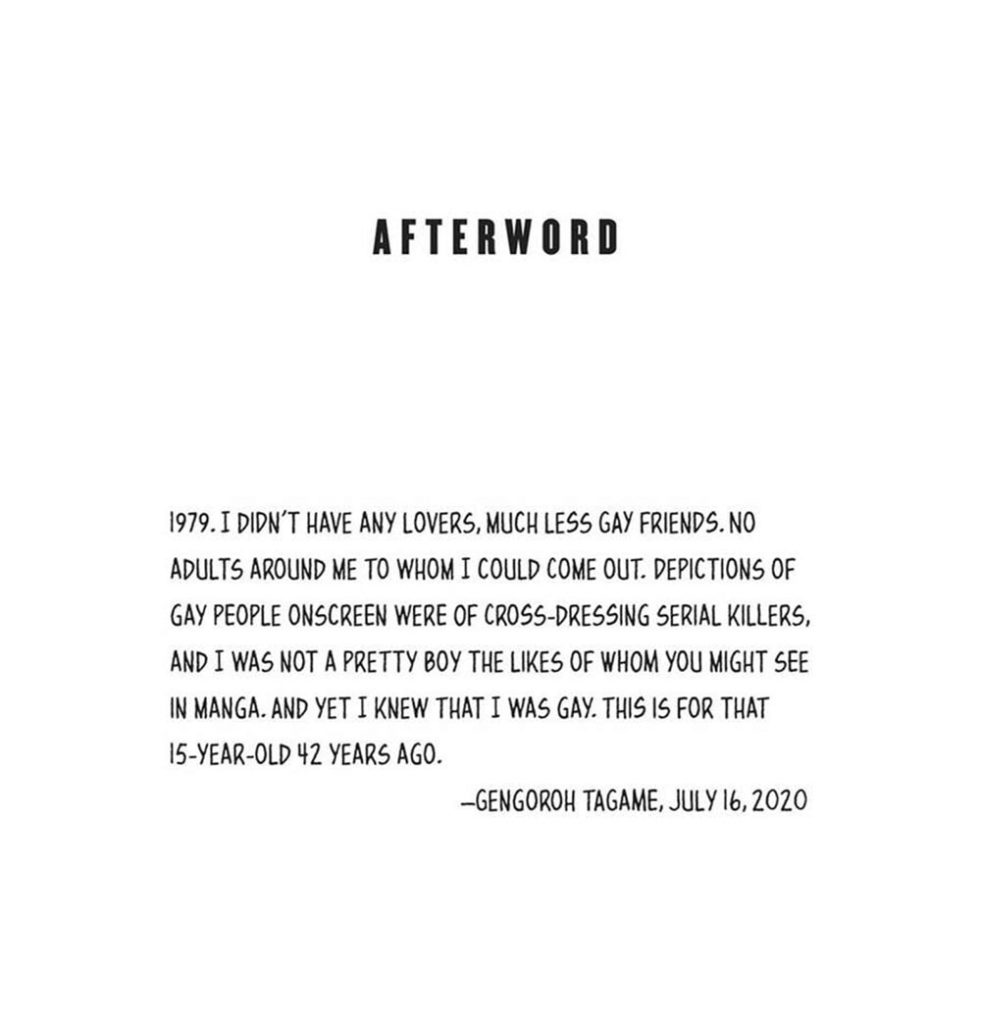
I think it stands on its own, of course, but the context I had going into it (more on that shortly) is something that I think would’ve added a lot for every reader.
07:30 Yeah, this lady is drawn so well, and is devastating within the context of the story.
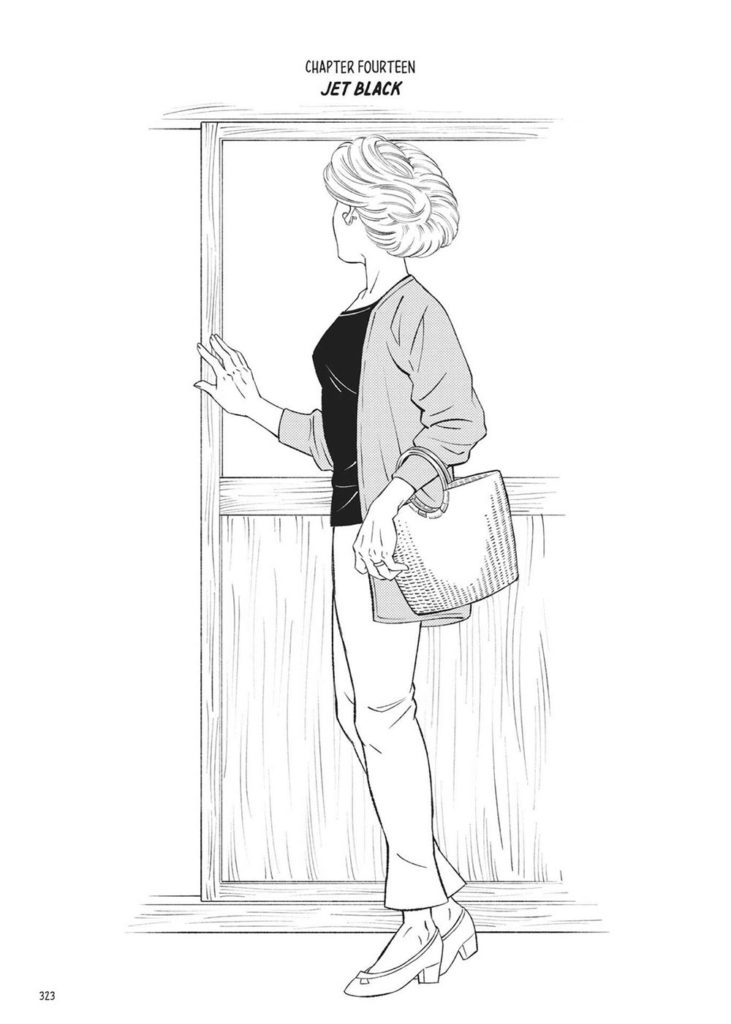
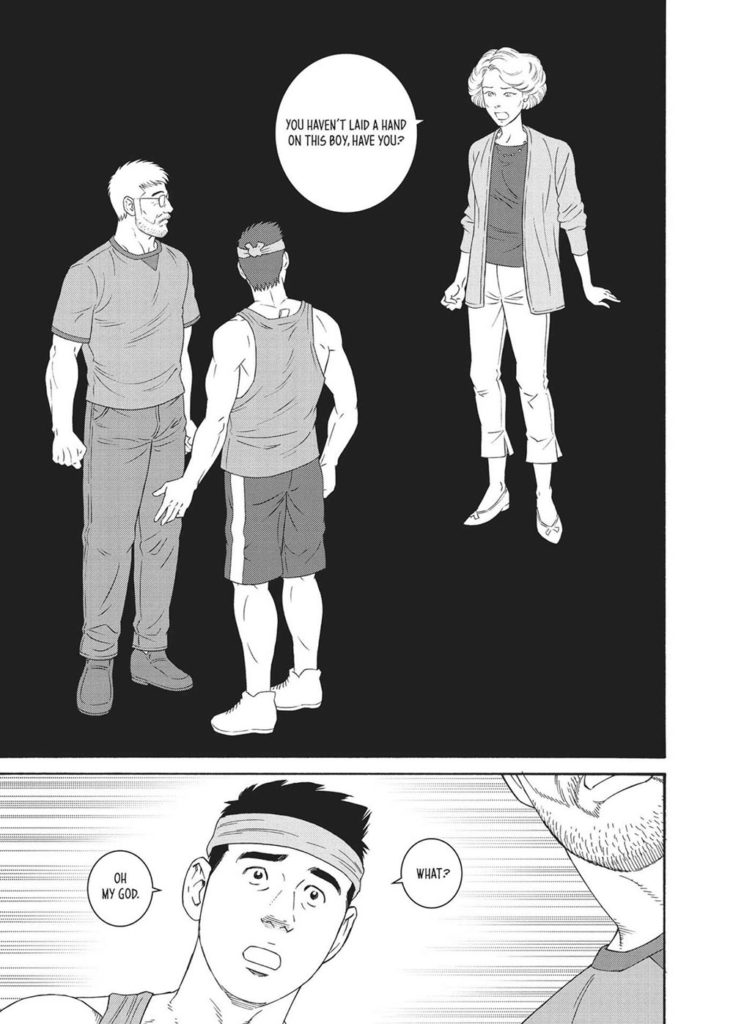
09:35 Is this a time-travel story? This dreamy opening sequence, with the “I love you,” really could’ve pushed this story in a more spec-fic direction. Instead, and I guess this is a spoiler, this story is set in the ‘real’ world… unsustainable, probably unprofitable coffee shop notwithstanding.
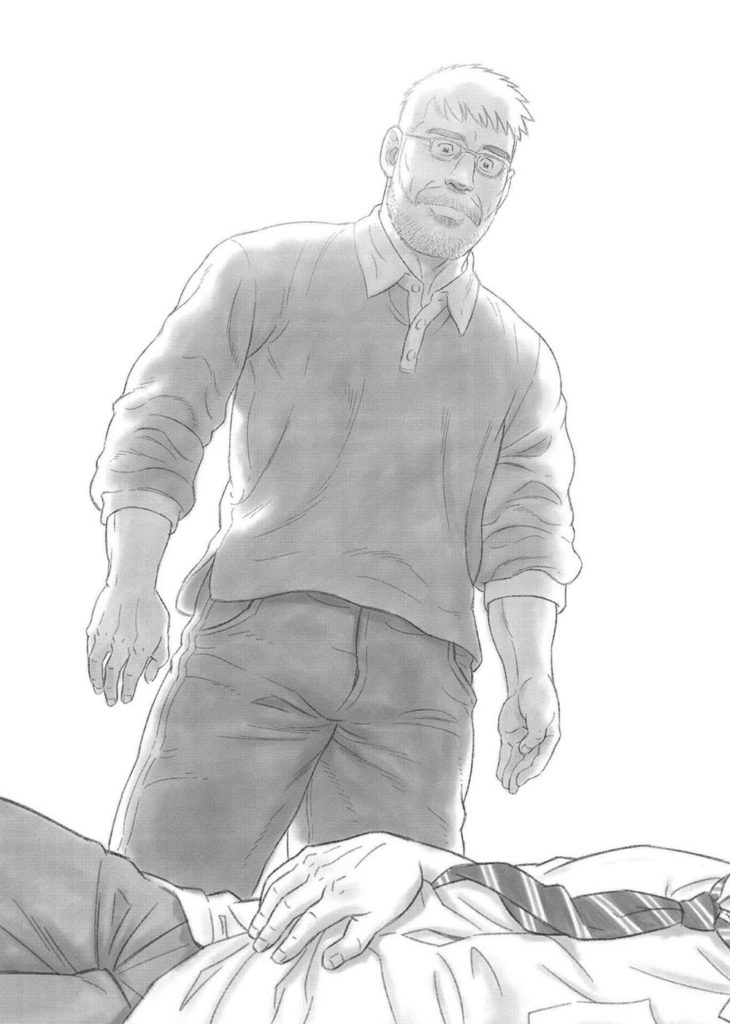
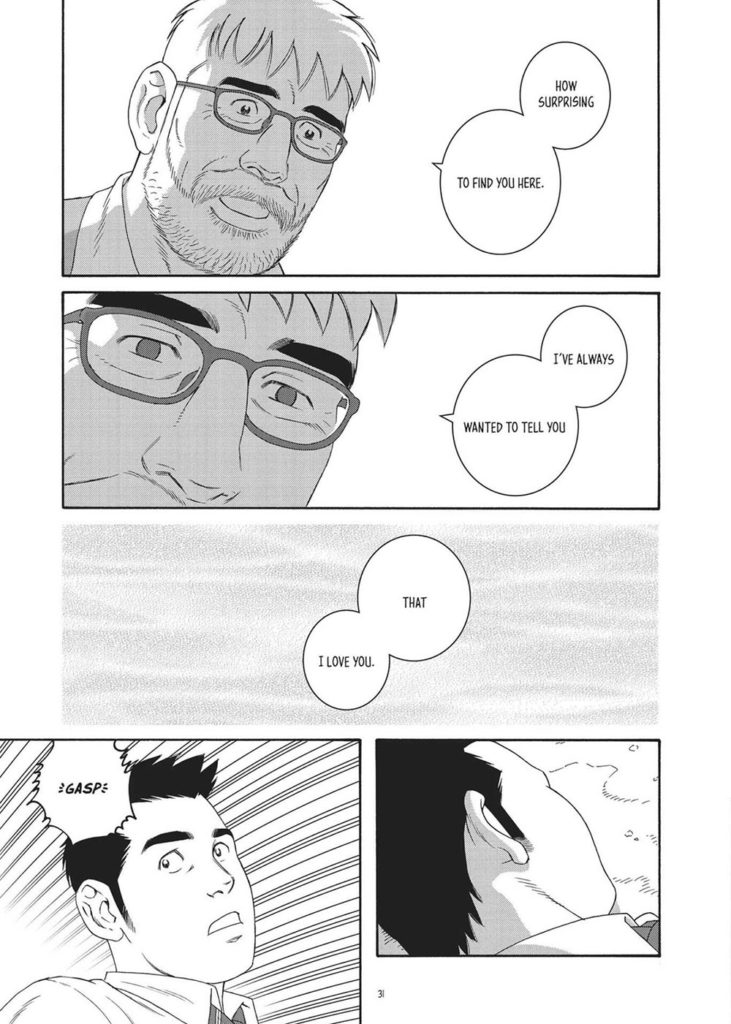
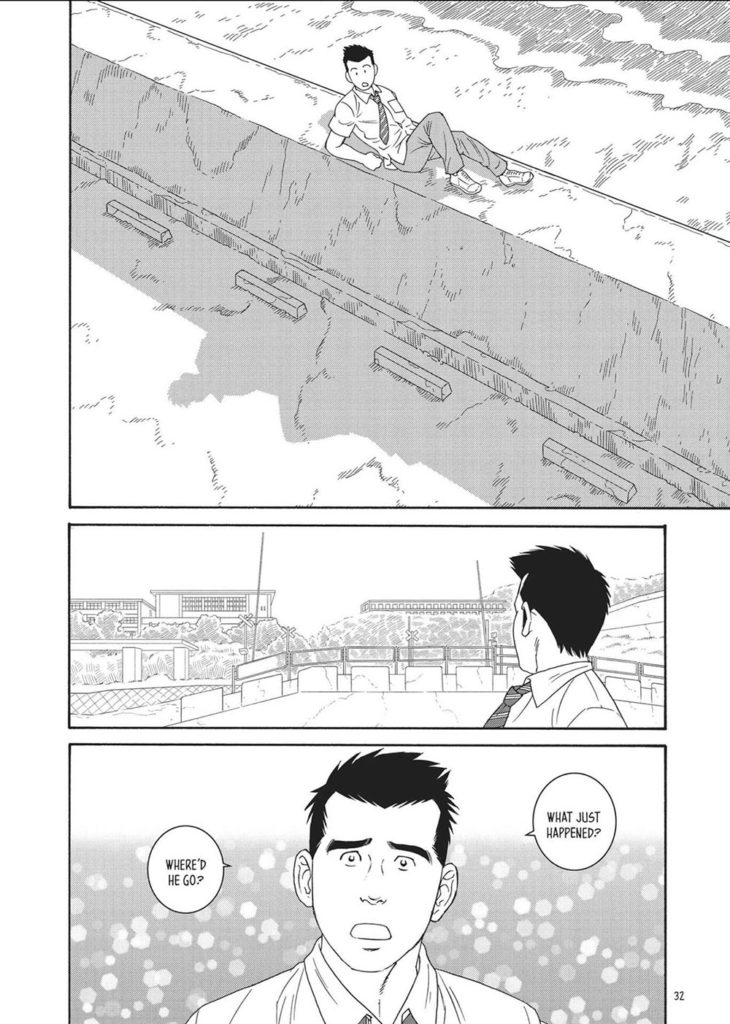
10:30 I referenced Tagame’s early work as looking like it was influenced by Akimi Yoshida, author of the manga Banana Fish. I’ve only got one image from that period handy, used above, but maybe you can see it if I show it next to a similar drawing from Banana Fish?
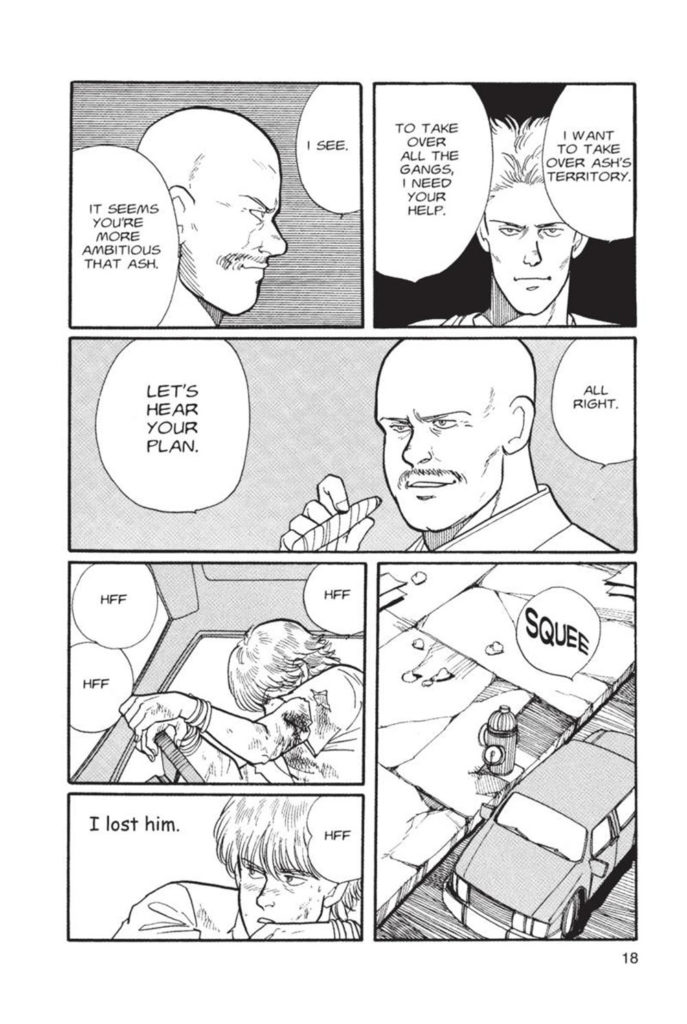
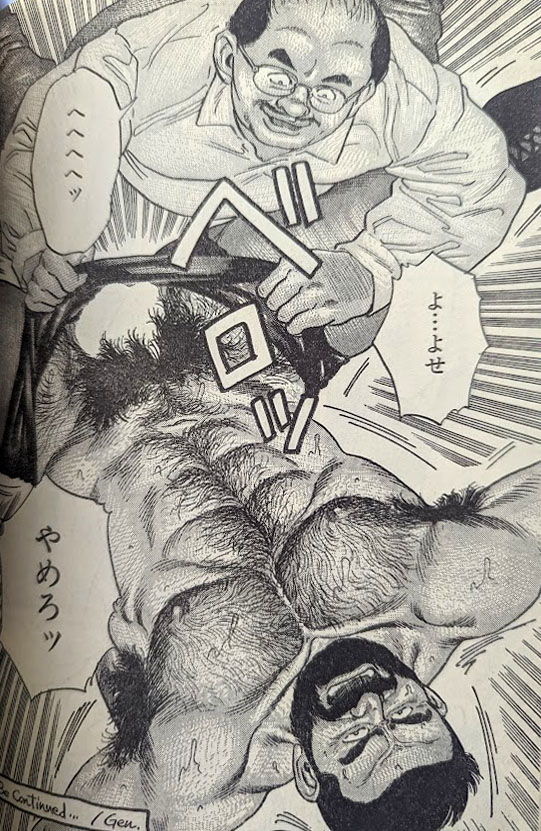
I can see it, but I might just be making up a connection too, because both of those bald dudes are letches.
I’ve never asked Tagame-sensei if Yoshida was an influence. I’d love to do a big interview with him, once I could do some more research on his early career. Luckily, Japan just announced its reopening later this week! I’d love to go jump in and hit up the bookstores for and libraries for info.
Banana Fish, by the by, is a groundbreaking gritty shojo action series about a Japanese journalist who falls in with a young American street hustler and gang leader while a deadly drug making its way into the seedy sidestreets of New York City. It’s available in 19 volumes from VIZ Media, and it recently (2018) got a TV anime adaptation, more than 20 years after it was published, which revived interest in the series. It features a gay characters, romantic interest between the leads, and is considered an important work that had a big influence on BL and gay comics in the 1980s.
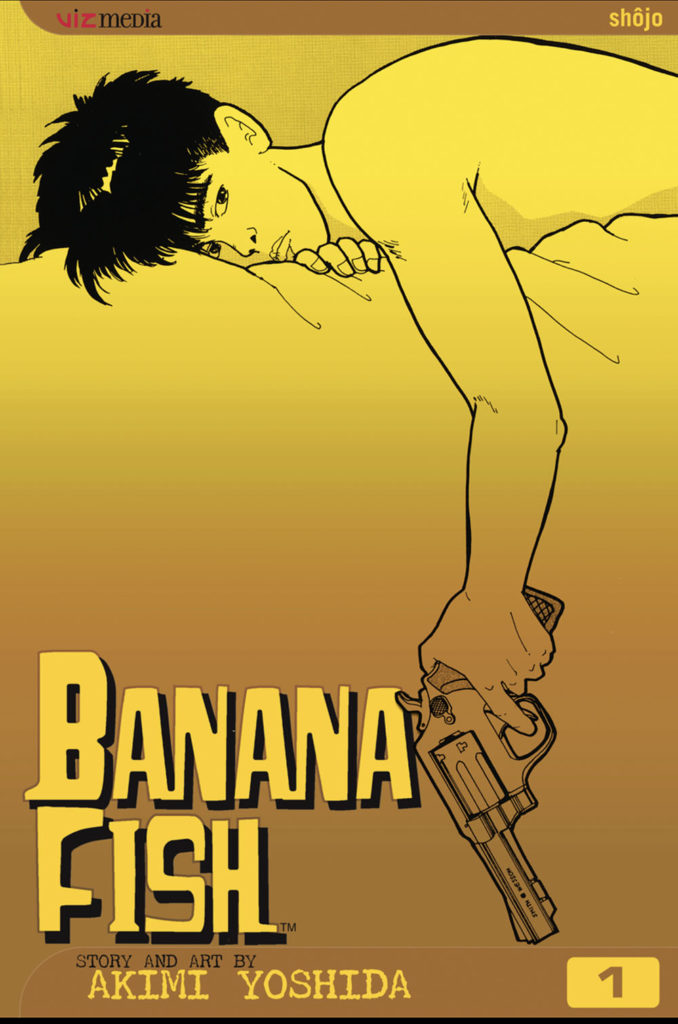
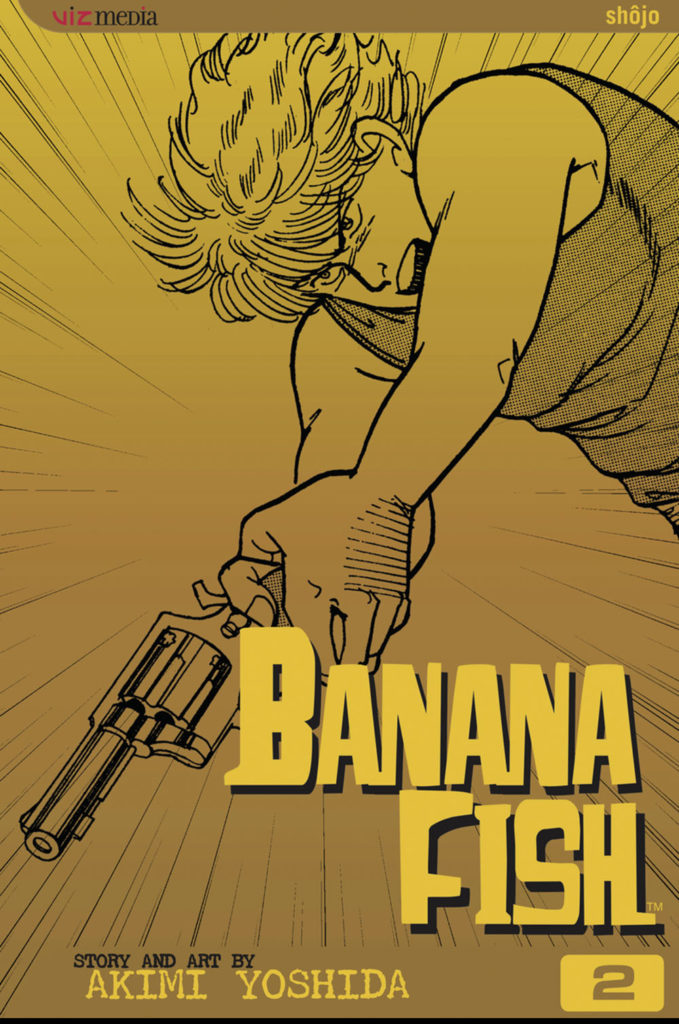
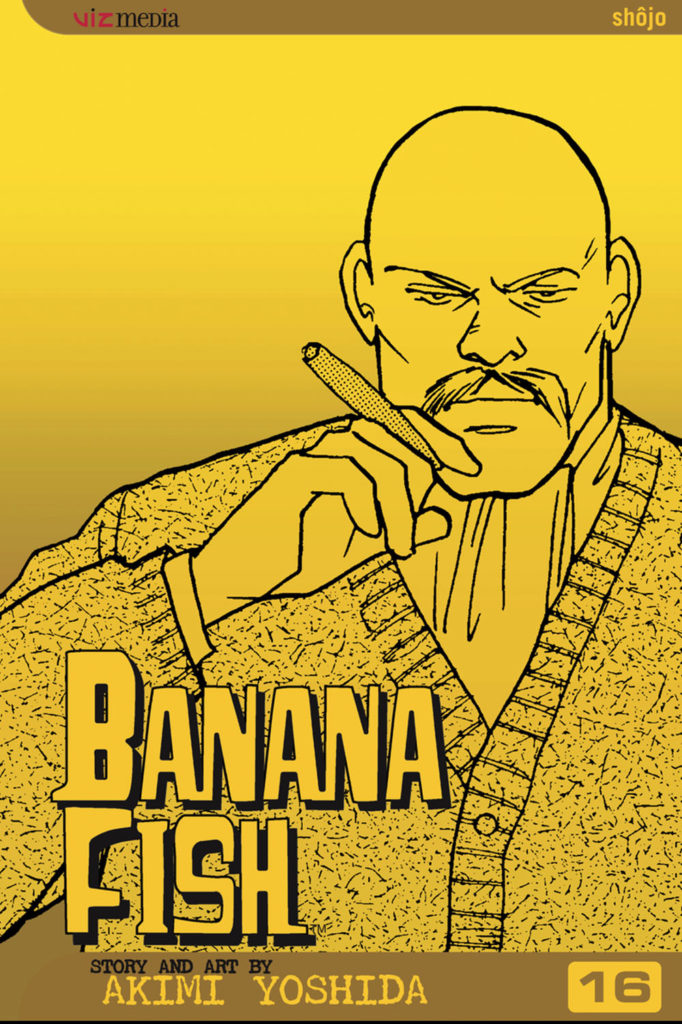
Read a free preview of Banana Fish: https://www.viz.com/read/manga/banana-fish-volume-1/product/5687/digital?action=read
Watch Banana Fish anime on Amazon Prime: https://www.amazon.com/BANANA-FISH/dp/B07F8H7SHY
13:30 If you’ve only ever read BL manga, then seeing a manga written from the perspective of a gay mangaka who shows what it’s REALLY like for gay people in Japan can be pretty shocking. I was pretty inoculated to that, but it was super interesting that Chip had that reaction, when everything we’ve read to date was 100% super cool with the gays, up to and including Dick Fight Island.
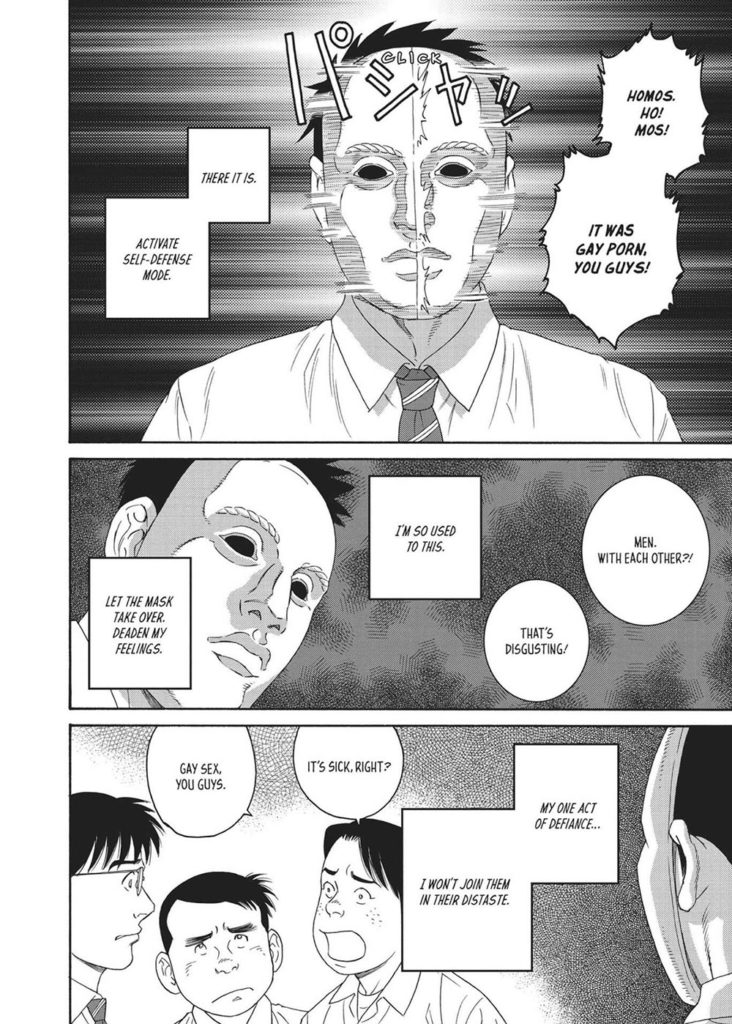
[Deb:] Just jumping in here to say you must listen to our Dick Fight Island episode because this Chip-hosted conversation is just hilarious.
14:30 We recorded this a month ago, and probably wouldn’t have joked quite so hard about the hurricane at the end of the book, given the events of this particular week… Yikes. Sorry. But the Hand of God, or at least of the author, is very visible in the last bit of the book. 😉
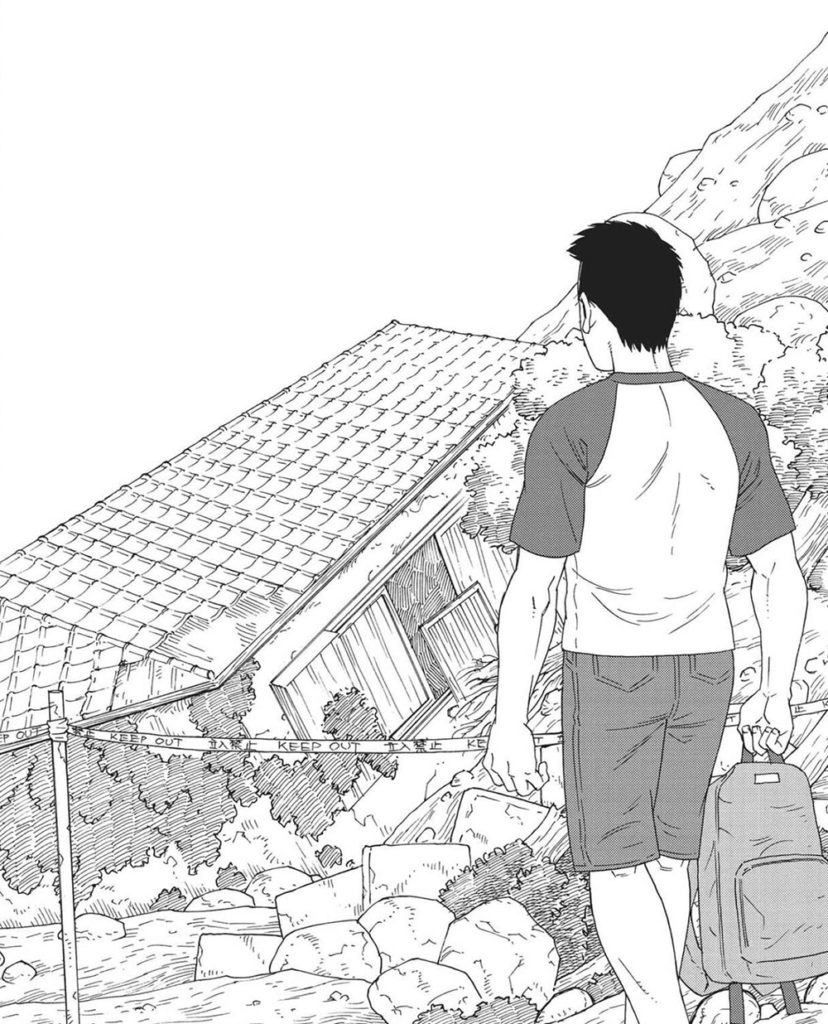
15:57 Poor Mizuki-chan, she isn’t drawn quite as pretty as some of the other characters.
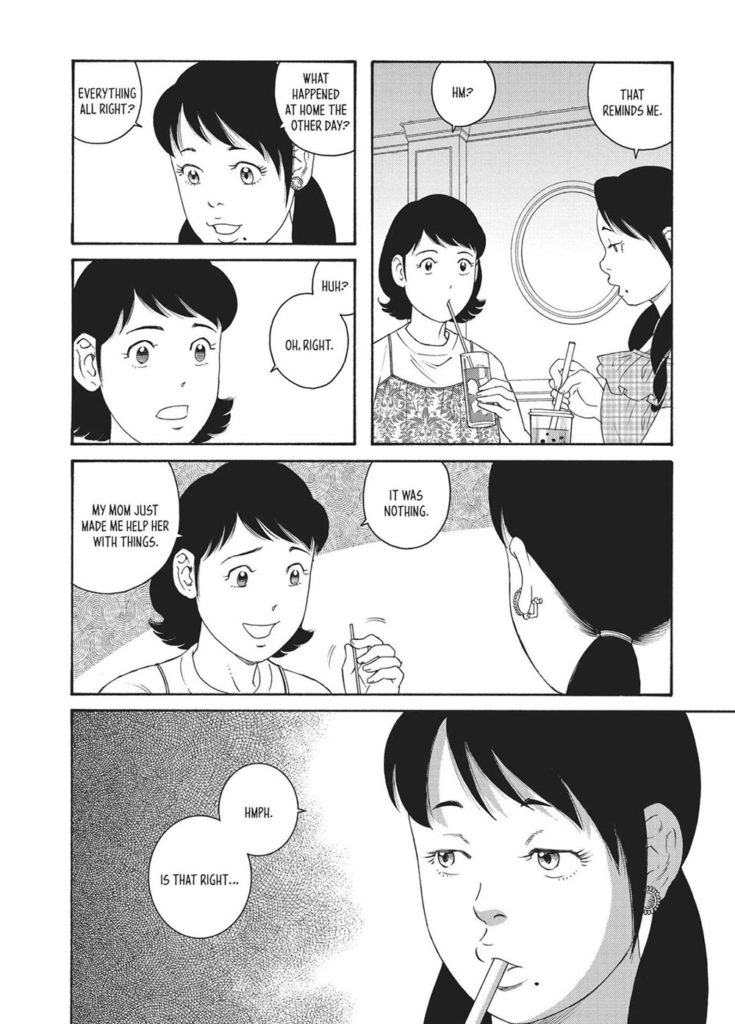
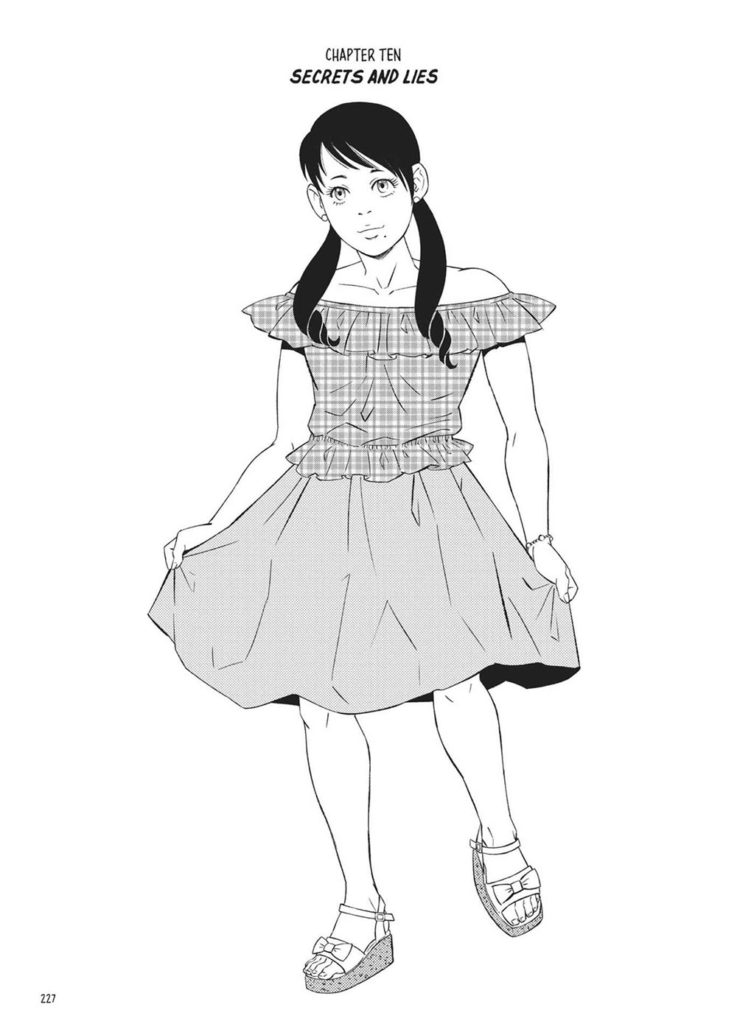
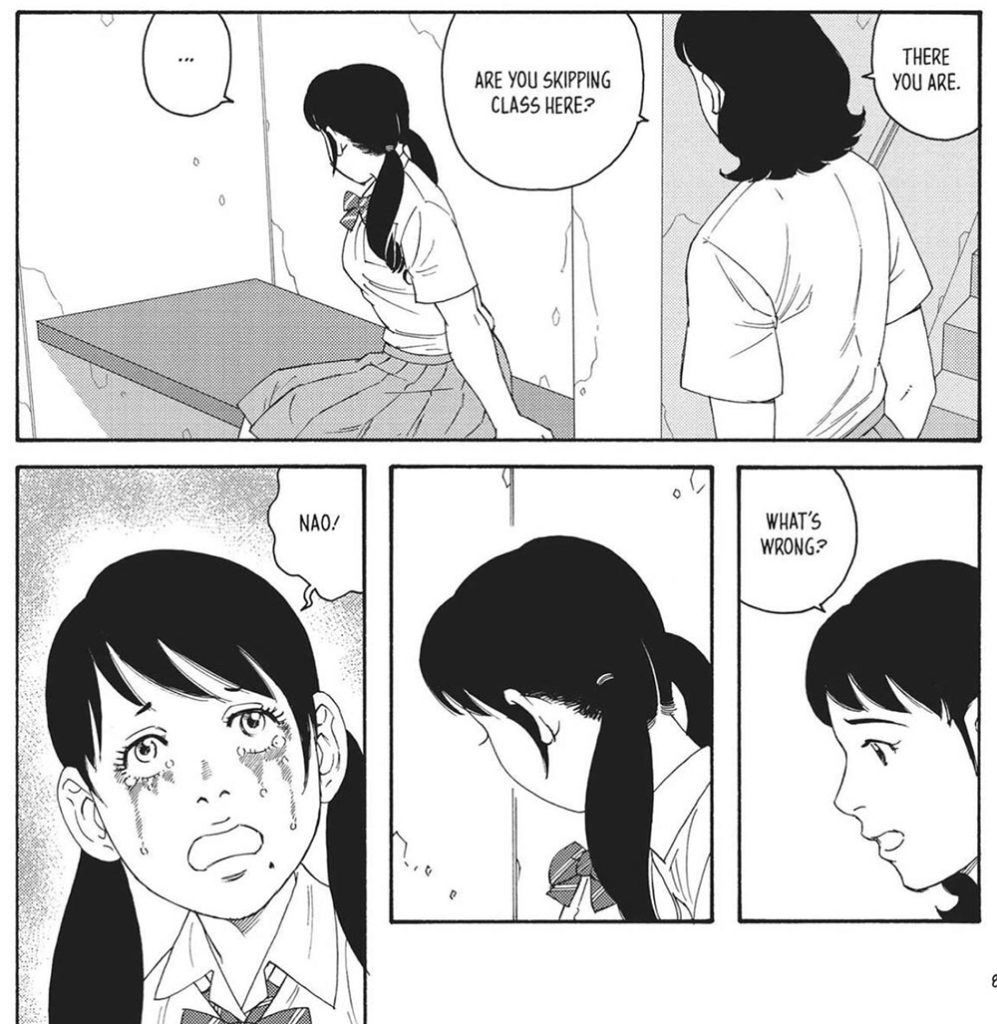
16:20 Yeah, there’s a definite quirk of the art where characters don’t always show up in perspective quite correctly. David mentions this issue on page 130, and it really jumped out at me at the end of the book.

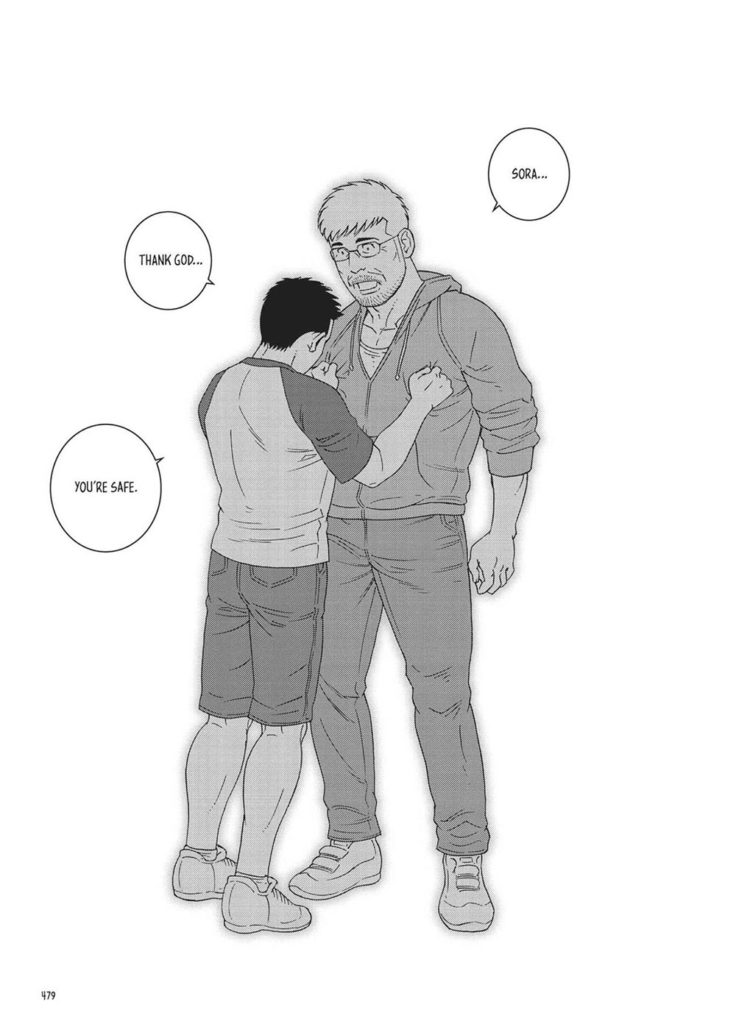
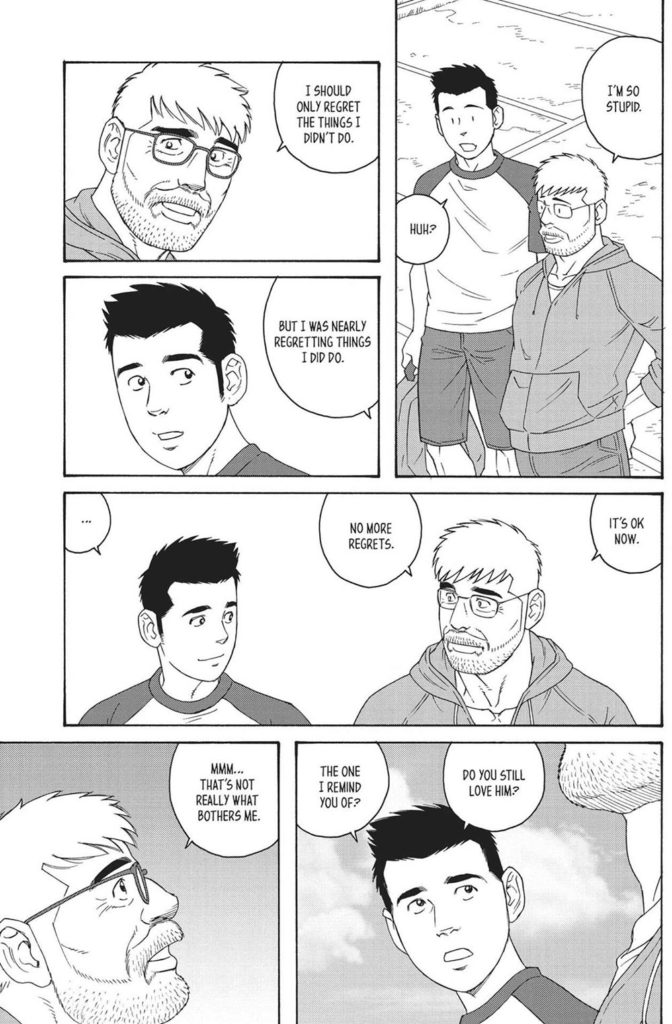
It’s a small quirk of the art, don’t mean to dwell, but it is distracting at certain points of the story.
17:30 While Our Colors was released fall 2022 in English, the final volume of the three volume series was released in fall of 2020 in Japanese, and in winter of 2020 in France! The series was also releasing a chapter at a time on Kindle in French too, so you could follow along, legally, very close to the Japanese serialization. I’m… super impressed to see Tagame’s work get this treatment! The added bonus being that the chapters on Kindle, in French, reproduce the color pages…!
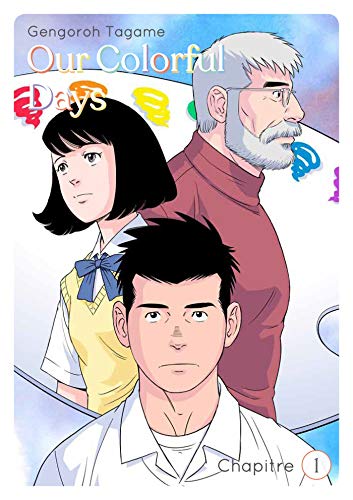
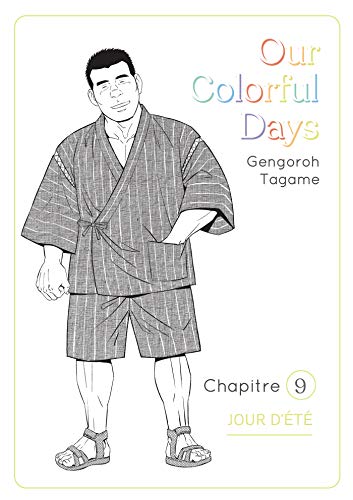
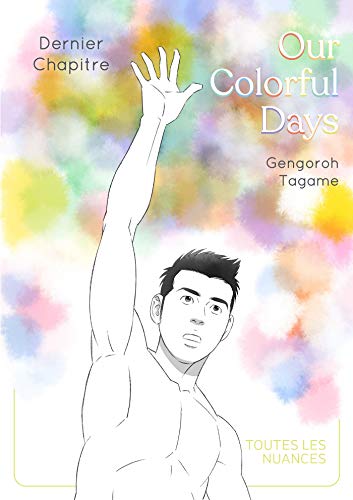
Which is all to say, I’ve gotten little freebie preview booklets of the series in French in 2020 AND in 2022 at the Angouleme Comics Festival, and have been impatiently waiting for the English edition since then. 🙂
20:30 David’s writing is great! Go check out his itch.io where you can buy his writings, or subscribe to his very occasional newsletter.
25:00 One of my favorite authors, Taiyo Matsumoto, is mentioned here with reference to his “autobiographically-informed” six volume series Sunny, published in English by VIZ Media.
The book is definitely worth reading, it’s quite beautiful and affecting, and we’ll probably cover it on the podcast eventually. But for a good overview on how Matsumoto approached Sunny, check out this interview with Xavier Guibert.
30:50 The question mark in this book is terrible, agreed.
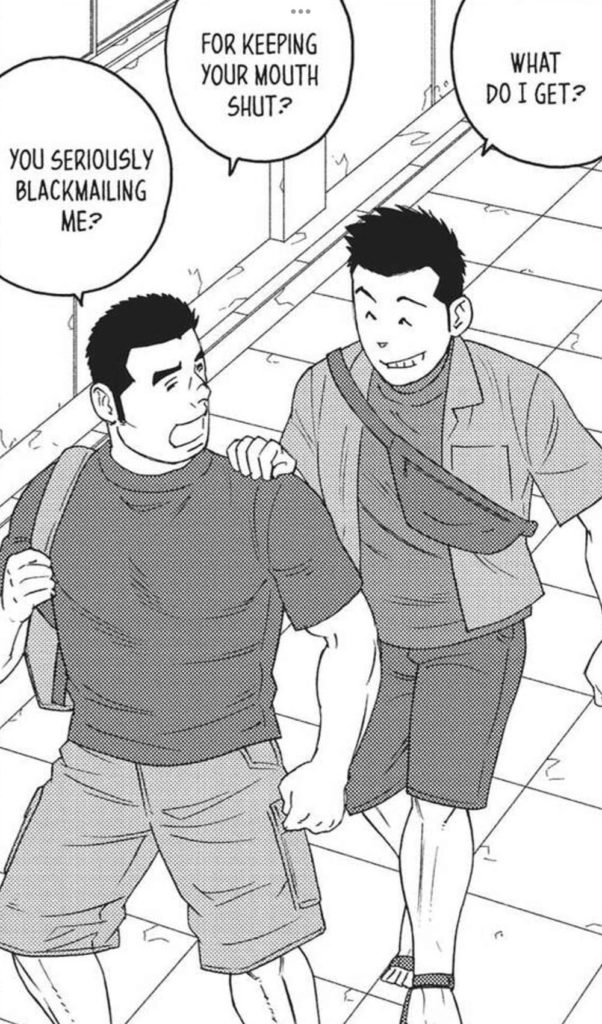
31:35 There’s a striking image in Our Colors that almost seems like it’s from a different book, or by a different artist… and it is! It’s by the character of Sora, and it’s a great page-turn revelation.
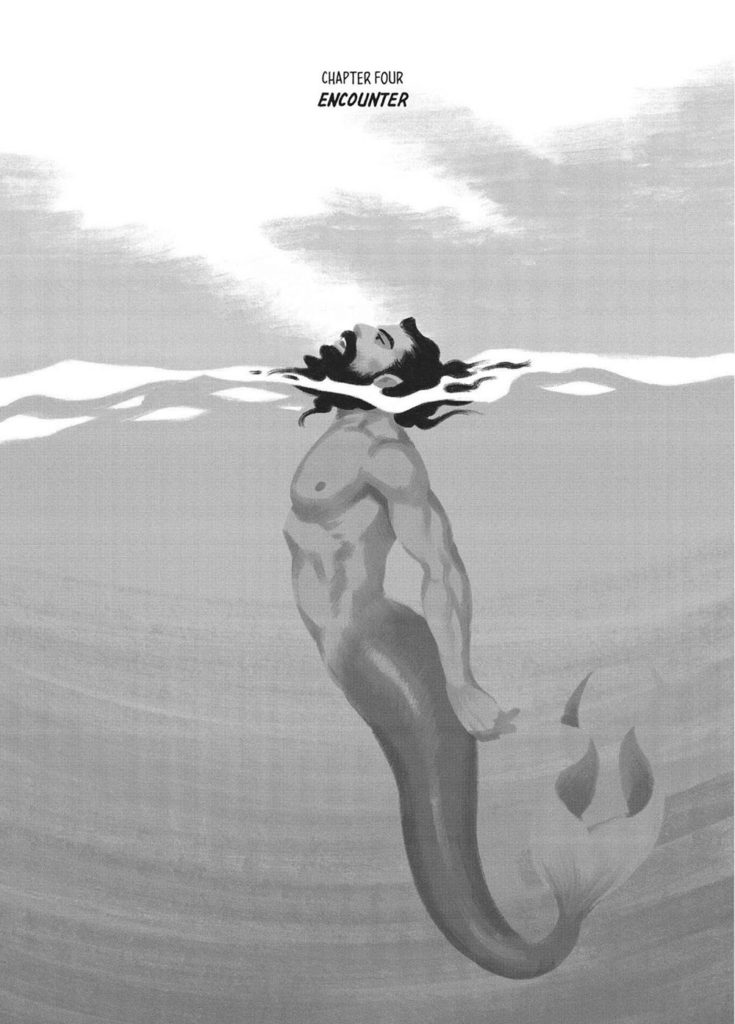
Interestingly, I found this image in color from the French edition, and thought I’d share.
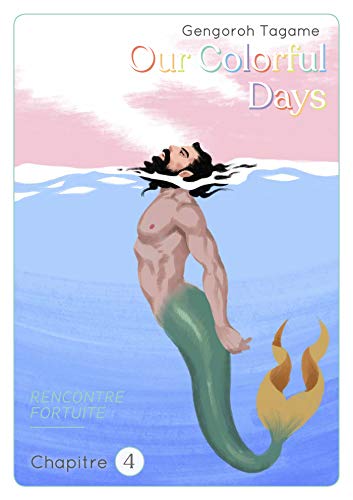
32:10 And yeah, “graffiti” written in graffiti style is amazing.
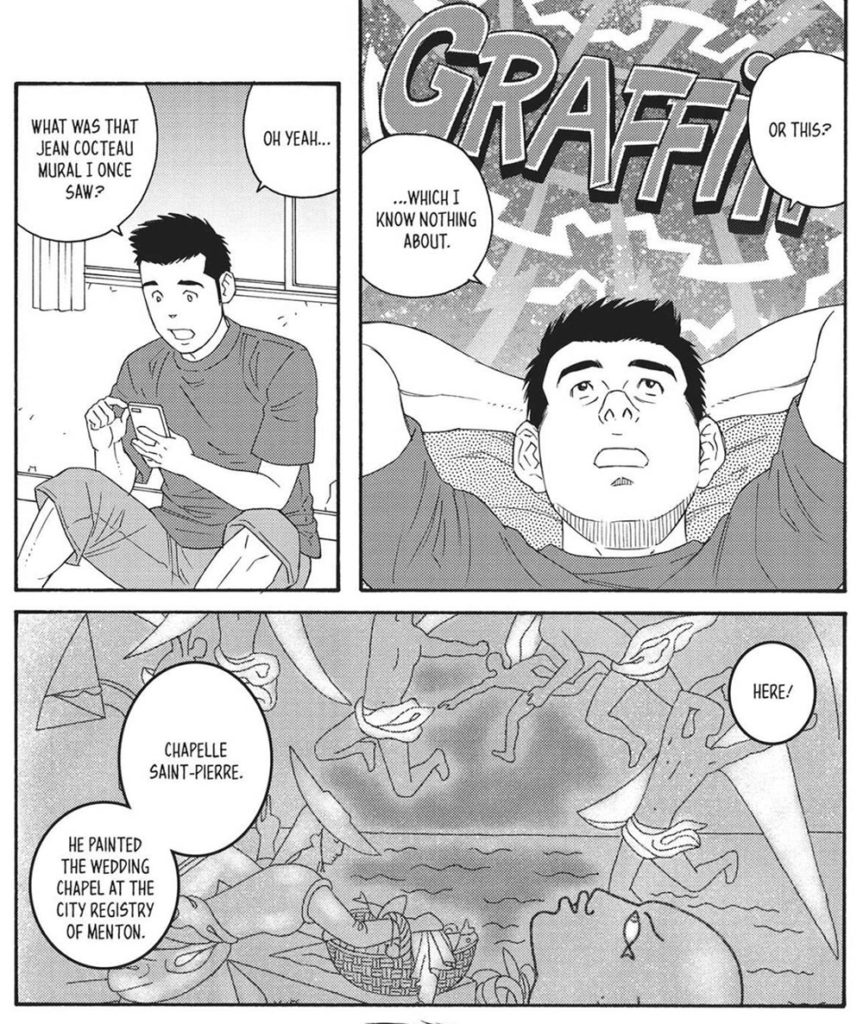
35:00 [Deb:] For more on mahu and their place in Hawaiian culture, here’s an interesting, award-winning documentary about a mahu kumu hula (hula master) that you can stream / watch online called Kumu Hina.
Or you can watch the trailer here:
Incidentally, there’s a documentary in production now called The Glades Project, about a nightclub in Honolulu that featured trans / cross-dressing performers back in the day. It’s a look at a nearly forgotten part of gay life in Hawaii, and illustrates that while mahu were common in Hawaii, it doesn’t mean it was always easy to be gay in the Aloha State. Here’s a trailer, so you can get a taste of what’s in the works.
Also, here’s the production company’s website, so you can get updates on the progress of this film project: https://www.hulagirlproductions.com/glades
41:40 “Have you tried not being a mutant?”
I don’t know why, but this is two weeks in a row where Chip referenced X2: X-Men United, and I have to include X2 video clips in the notes. BIZARRE.
42:50 I think the idea of context-switching has become a bit more mainstream over the last decade, but the use of the visual, the iron-clad emotionless mask, is a pretty great comic-book style bit of visualization of that situation, but when the time comes, Sora doesn’t let the mask go up any more. It’s a powerful moment in the story.

44:13 While there’s many forms of context-switching, I talked about ‘Polari’, the gay dialect. You can read the Wikipedia entry on Polari for some good background on this. The long and short of it is, it was a way for gay men, before the decriminalization of homosexuality in Great Britain, to speak with one another without worry of having their words overheard by those that might do them harm.
Here’s a short film you can watch all in Polari, to get a sense of it if you like.
48:00 I mentioned Grant Morrison’s The Invisibles, which was a powerfully cool and queer comic about… rebellion? I guess? It doesn’t sum up well. Anyway, I encountered it when I was the exact right age to encounter it. Highly recommended.
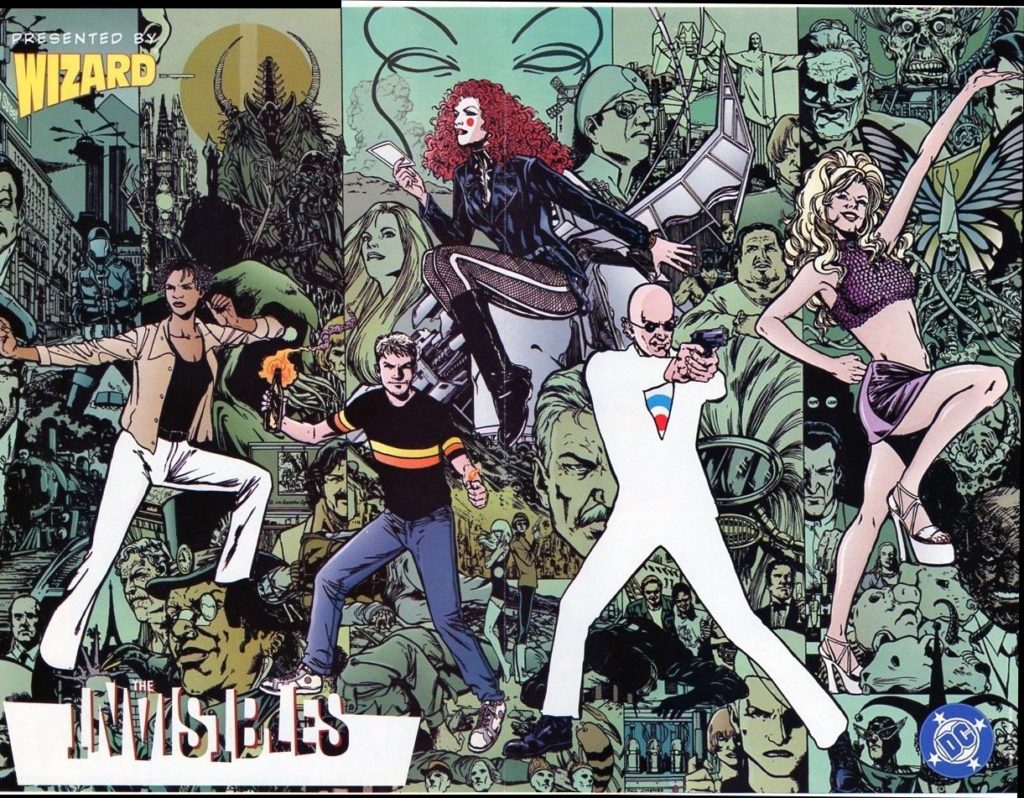
50:30 I just wanna say, I love writing these show notes for all you readers, so when I said I would include the shower scene in these show notes, I didn’t take into account that my copy of My Brother’s Husband would be on the other side of the world. So I bought a digital version just to give you this:
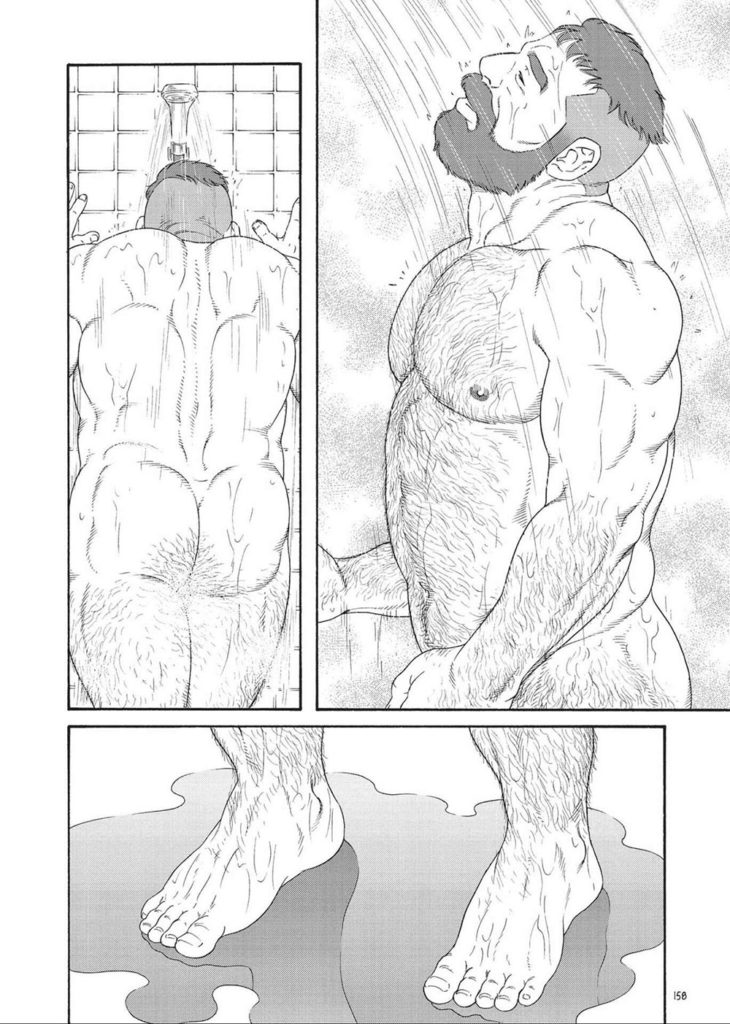
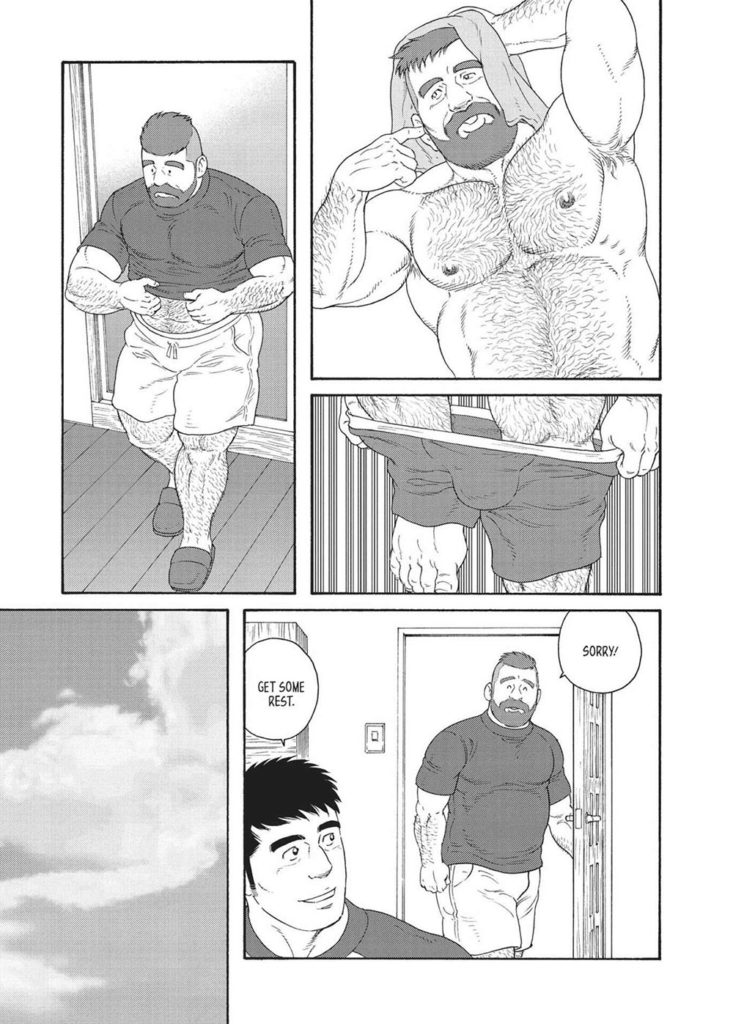
Please sign up for our Mangasplaining Extra newsletter, because it helps me pay for all the extra stuff we do to bring this info to you. 🙂
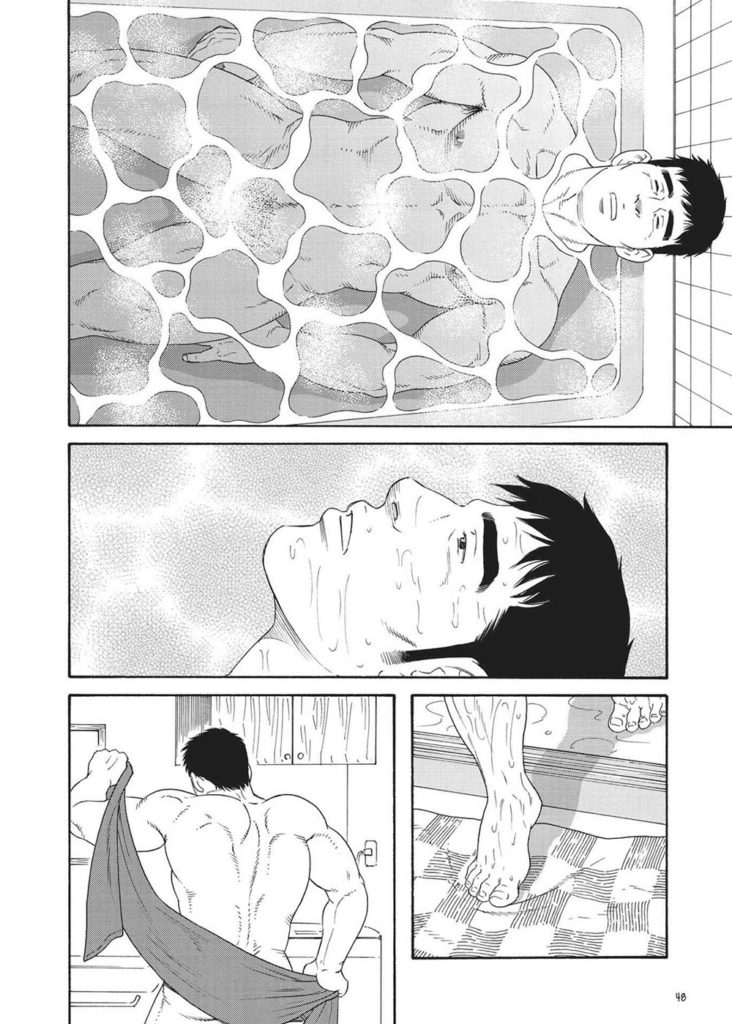
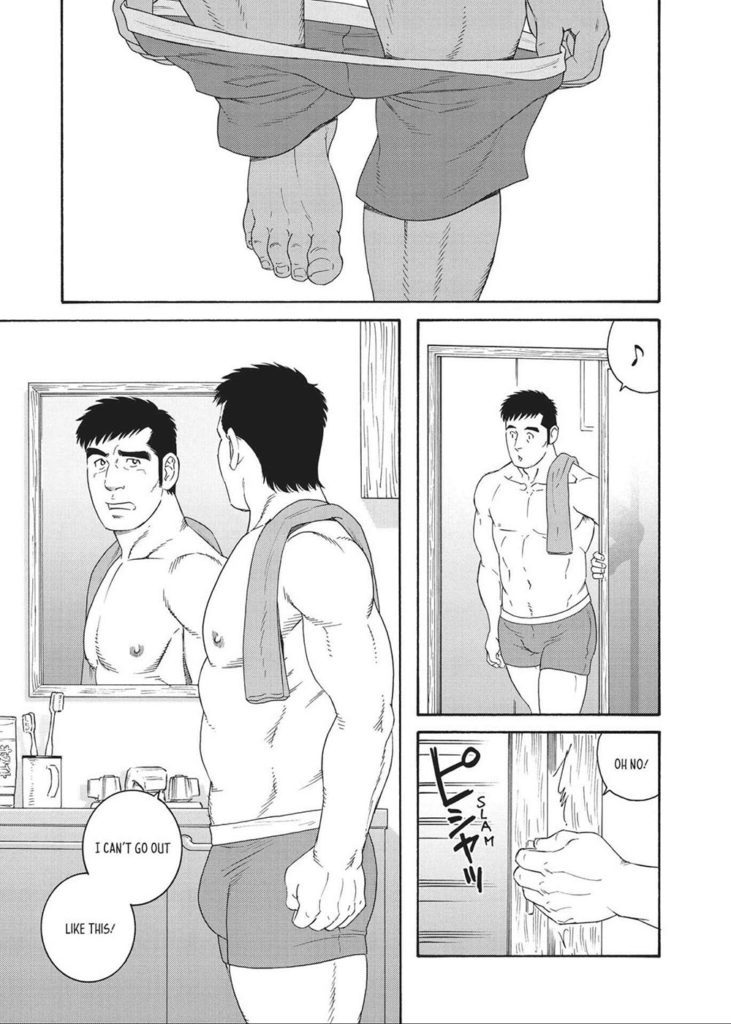
51:50 “Is there anything UnToWaRd?! happening here?” There isn’t anything happening in this book anyone really needs to worry about… but I’m a bit worried that people will think there is, and they’ll stay away.

52:10 Yeah, this subject of inappropriate teacher/student stuff came up in the first volume of Sweetness & Lightning, in our Four First Chapters episode a few weeks back. We’re going to dig into the full volume soon, and I think it’s interesting how it’s handled.
57:00 The section where Sora’s crush gives him a sexytimes gift is really lovely and sweet, and also the most frustrating thing in the entire world. It’s such a well-done scene.
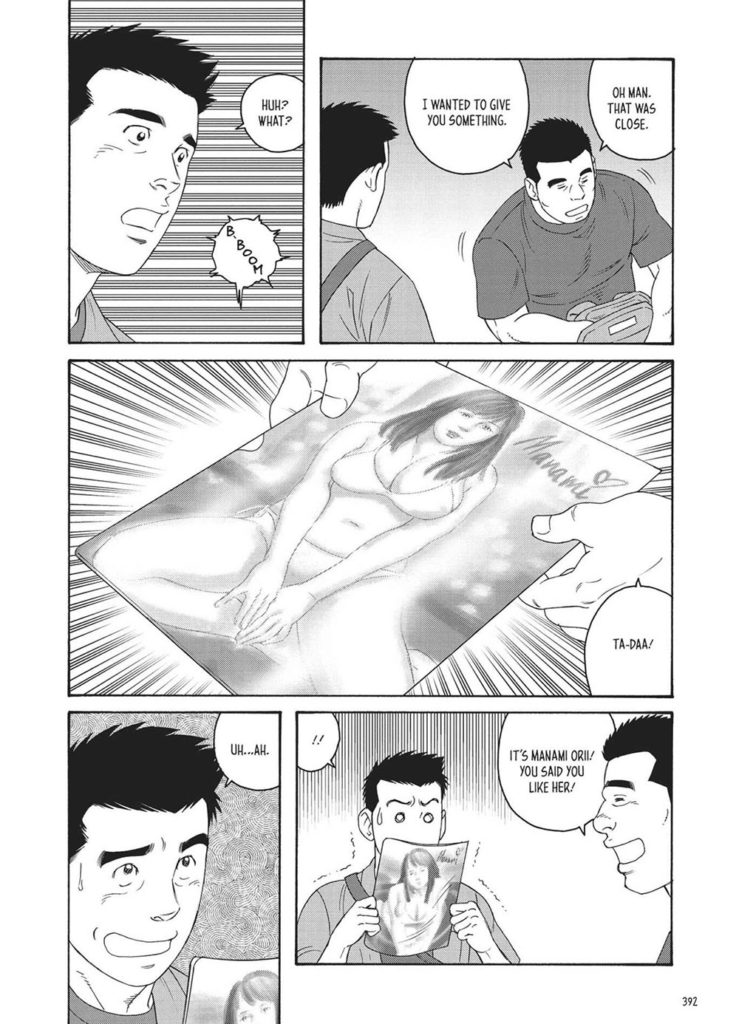
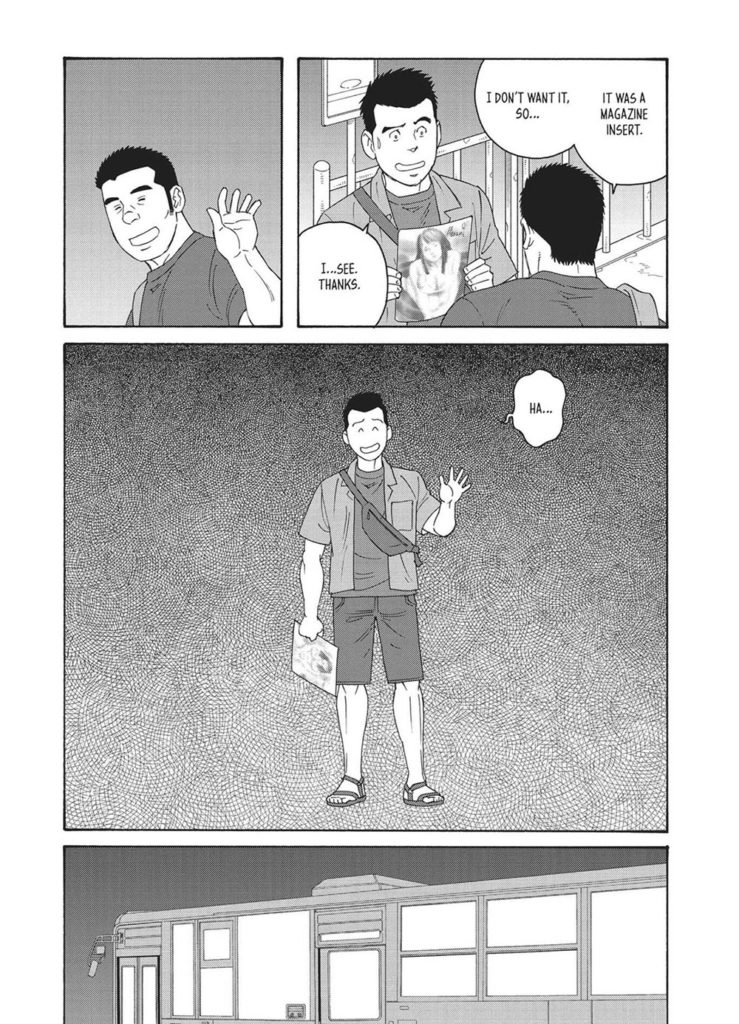
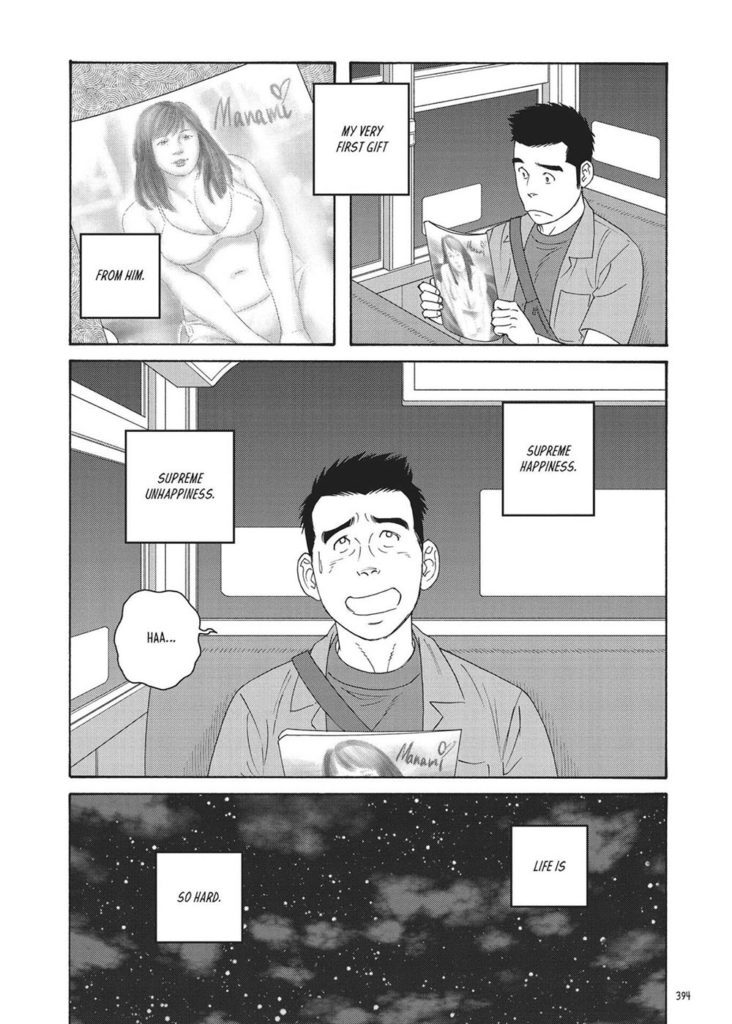
1:00:30 I feel like I don’t really need to explain homosocial behavior, because this Kiss the homies good night meme does it better than I could.
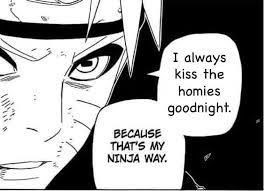
1:02:30 Going to a washroom cubicle to cry is kinda sad, but going into a washroom cubicle to cry because you can’t handle someone loving and accepting you? That’s the real stuff right there.



1:02:45 I think the comparison between Chip Kidd’s design for the book versus the Japanese/French editions is really interesting. They took this book and they turned it from a traditional 3 volume manga series with ‘manga’ appeal, and turned it into a Graphic Novel, with appeal somewhere between adult fiction and artsy young adult fiction. I have a lot of thoughts about why manga publishers don’t repackage manga for different audiences… And the short version is they don’t really have to. Usually. They made this one into something special, and it looks like the whole Mangasplaining crew agrees! Thanks for listening!
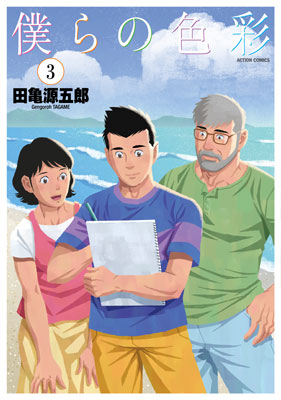
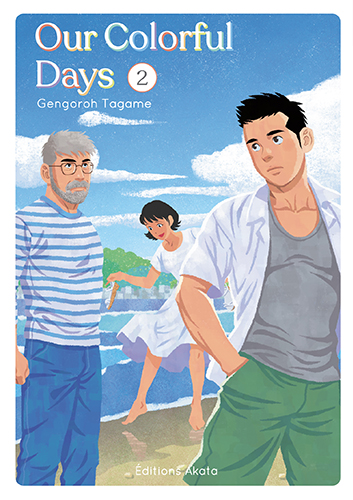
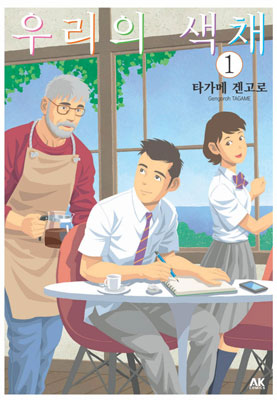
1:05:00: THE BREAK
01:05:30 SHOUT OUTS
DAVID’s shout-out is for the manga series And Yet The Town Moves by Masakazu Ishiguro.
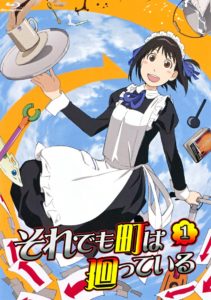
This story about a girl who works in a maid cafe in a very quirky small town is available on Manga Planet and Crunchyroll Manga.
CHIP’s shout-out is for The Bear, about a fine dining chef who moves back to Chicago who takes over his brother’s sandwich restaurant.
CHRISTOPHER’s shout-out is Fortnite. Don’t play Fortnite.
DEB’s shout-out is Our Dreams at Dusk (a.k.a. Shimanami Tasogare) by Yuhki Kamatani published by Seven Seas.
[Deb:] Our Dreams at Dusk is a beautifully-drawn 4-volume story about a high school boy dealing with his gay identity while having a crush on his straight classmate. He later finds solace in a community center where he befriends gay, lesbian and ace (asexual) people who give him courage to face the future (sounds kinda familiar, yeah?).
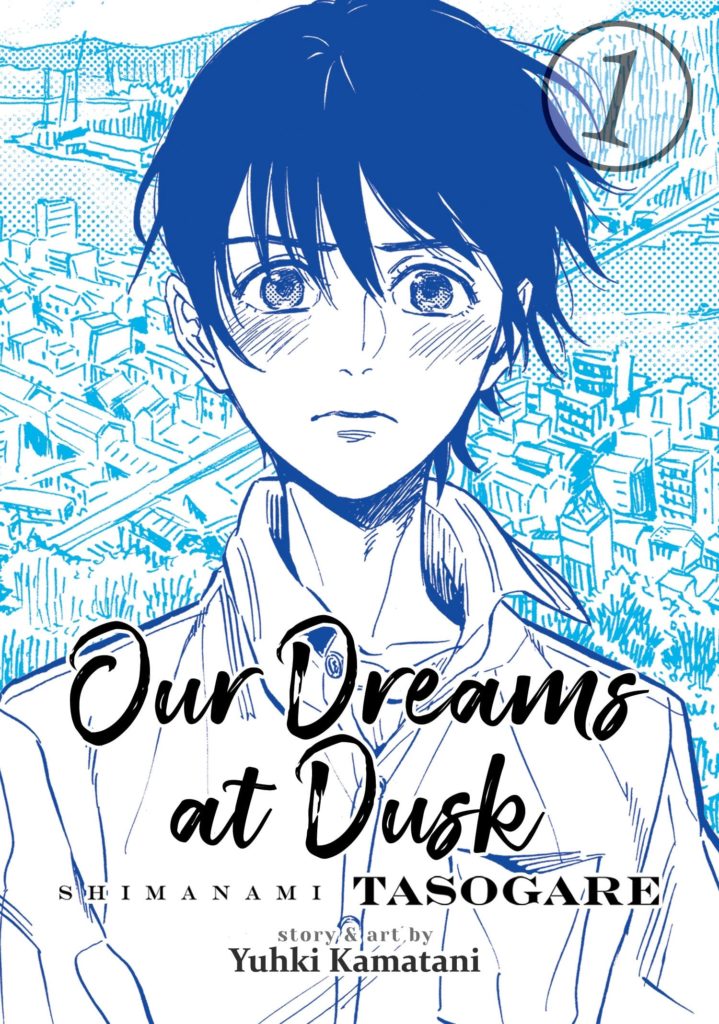

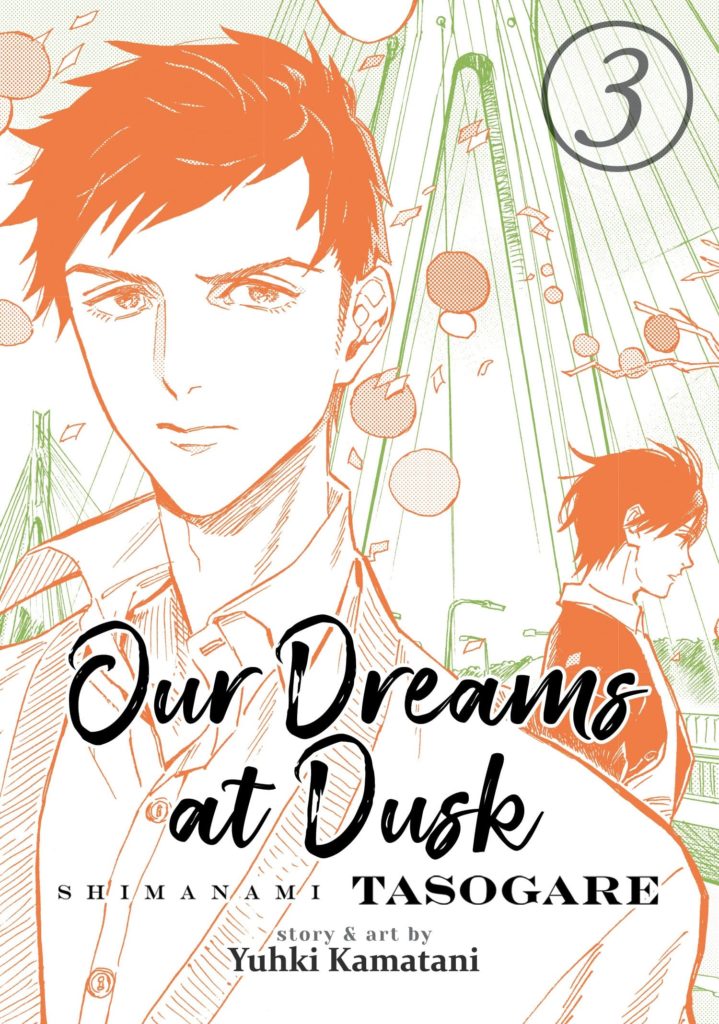
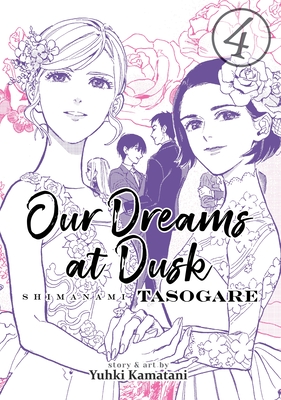
She also recommends Came the Mirror and Other Tales, a collection of short stories by Rumiko Takahashi (creator of Ranma ½ and Inu-Yasha) published by VIZ Media.
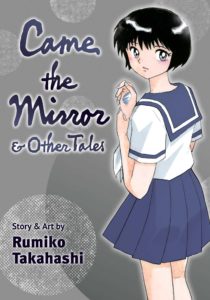
She picks it specifically for “My Sweet Sunday,” a collection of autobio comics stories drawn by Takahashi and fellow Shonen Sunday manga legend Mitsuru Adachi about how their respective careers in manga started, developed and intersected over the years. It’s charming and full of interesting tidbits, like how Takashashi had a crush on Crying Freeman co-creator Ryoichi Ikegami.
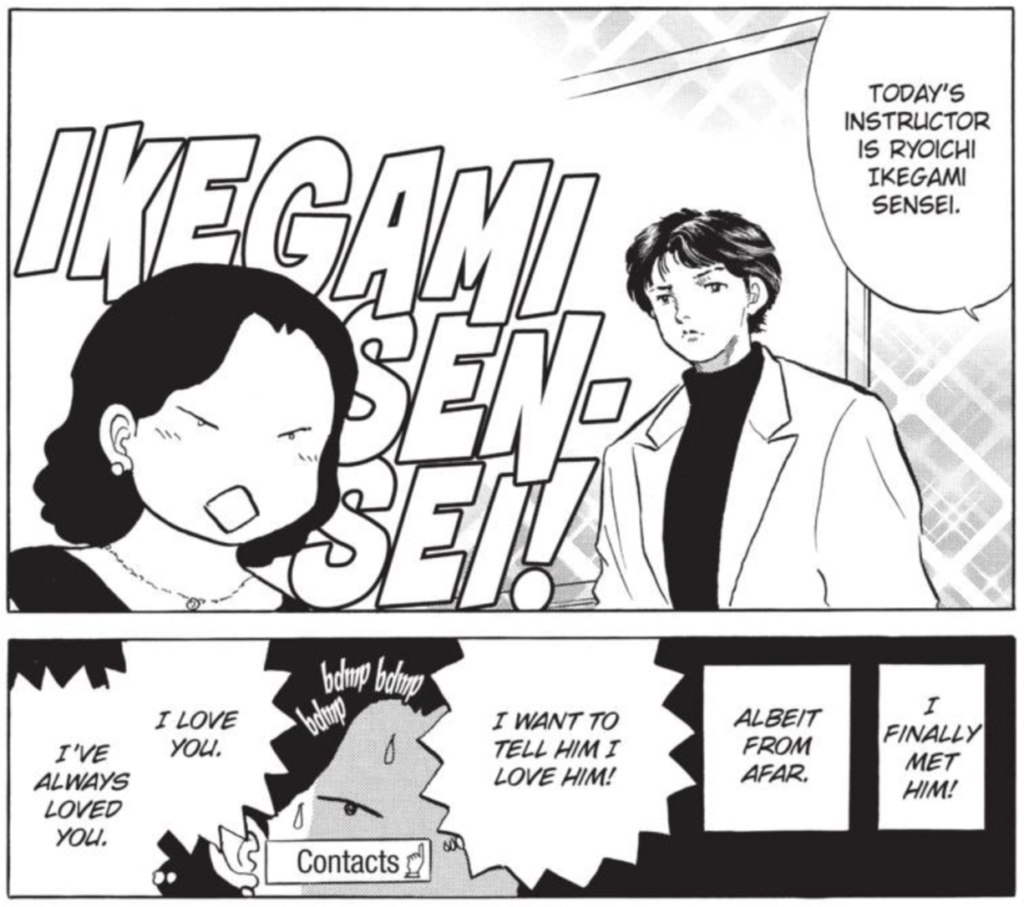
[Deb:] Incidentally, if you haven’t listened to our episodes about Mermaid Saga by Rumiko Takahashi or our episode on Cross Game by Mitsuru Adachi, go give ‘em a listen.
Speaking of Maid Cafes, here is photo proof of Christopher’s Maid Cafe Membership Card:


I had never seen my name written in kana before! And the name of our Maid is written on the front– Ichigo. 😉
And that’s this week in Mangasplaining! This episode is also available wherever you get your podcasts, so please subscribe and leave a review, so others can discover our show. Also, if you’d like to get the latest episode delivered straight to your inbox along with exclusive interviews, articles and new chapters of manga you can’t read anywhere else, subscribe to our Substack newsletter. See what you’re missing at Mangasplaining Extra!
Next week on Mangasplaining:
Get ready for our episode on Kowloon Generic Romance vol. 1 by Jun Mayuzuki, from Yen Press. It’s another grown-up book for grown-ups — but will Chip like it too? Find out next week!
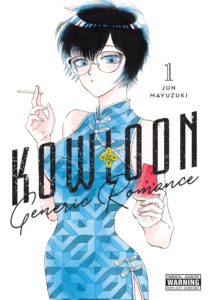
Thanks so much for listening! Please support your local comic and manga specialty shop when purchasing these books, and you can find one near you at comicshoplocator.com. You can also check your local library for print and digital lending options, they have TONS of manga! Finally, thanks to D.A.D.S. for their musical accompaniment for this episode.

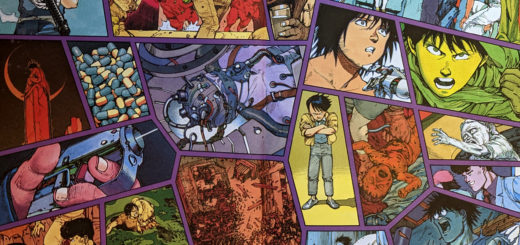
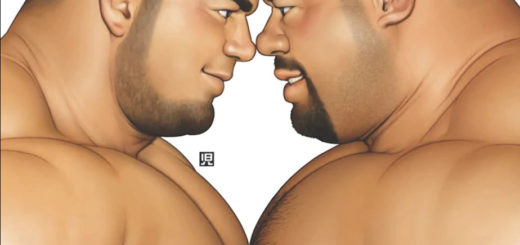
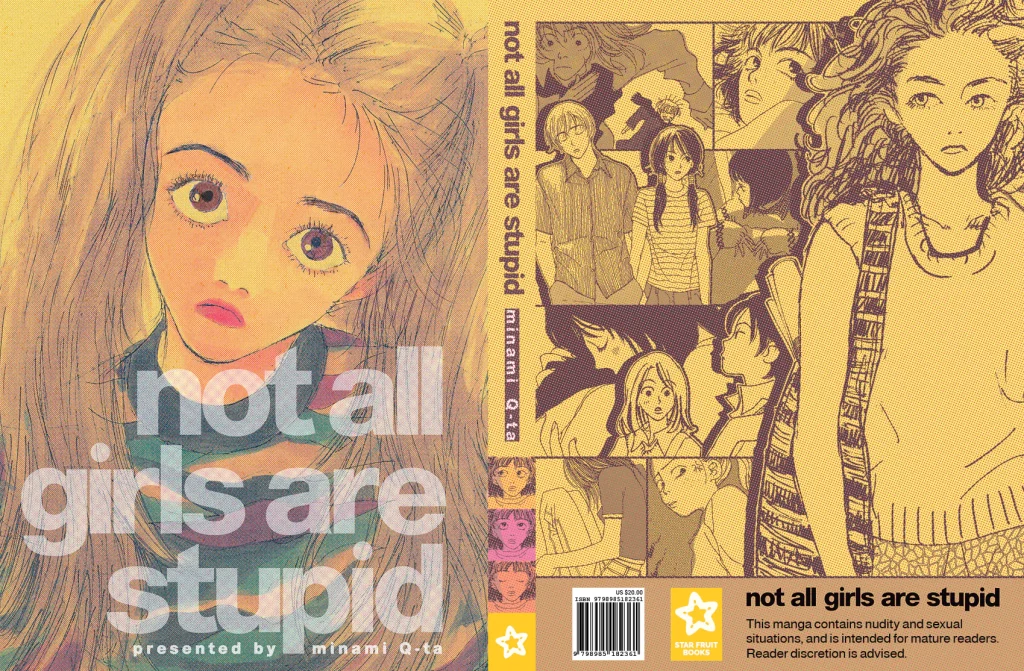
I’ve been waiting on this episode and it didn’t disappoint. I actually bought and read “Our Colourful Days” in French when it came out (so confusing how it uses a different title but still in English) because when I was back visiting old haunts in Montreal I saw it bought the volumes on the spot—for some reason, unlike Chris’ optimism, and the success of My Brother’s Husband, I assumed it would be yet another title we’d never get in French. I only bought the English edition finally a few weeks back (mostly just to support the title—but it’s nice to have a copy I can lend out since no one I know in Victoria reads French.)
And I agree with a lot of the general takes here. I liked My Brother’s Husband but never really got absorbed by it, I always felt a bit distanced (honestly my main thought while reading it was “Tagame wrote THIS?”) Very much a story about why you should never be threatened by gay men cuz they’re lovely—a bit like gay depictions in American media in the 90s or something (why was Matt the only totally NICE guy on Melrose Place? I digress…) This felt much more real, and, though it didn’t occur to me so much on first reading, your discussion about how much of it was based on Tagame’s own experience totally resonates. I did find it maybe a bit *too* straight forward—I actually never felt it was going in a fantasy direction and could predict every single story beat. Again, this was done for a seinen magazine (though surprisingly not the same one as Husband) so lots of that would probably be new for the reader, but also lots of that obviousness to me (as a 40 year old gay guy) is because so much of it is pretty universal gay experience (even things I know second hand—like how many older guys I know who were married and came out in their 40s or even later). But, I admit, that did make some of it a bit rote, for lack of a better word, especially combined with just how straight forward the art is (basic paneling, mask aside very little use of visual metaphors like, as a huge classic shoujo fan, I would usually expect, etc). But what outbalances those element is the number of times where, kinda like Chris was saying, someone would say something that would just suddenly choke me up cuz I could relate so much (my mom’s reaction was pretty much 100% the same as the mom here—though my dad’s was very different, being just a nod and a “There’s nothing wrong with that” and then never mentioning it again.)
Since Chris knows Tagame’s work much more than I do, I gotta ask (and I brought this up in the Massive comments) if he has any “in between” manga. I have a German volume and then the two Passion volumes that just came out of his porn, and 95% of it is just so extreme. I find it fascinating but, though it totally draws guys that turn me on, almost inevitably his scenarios just go to such extreme degradation or violence that they’re not really stuff I can get off on. (I laughed at the note after one story in vol 1 of Passion, Hairy Oracle, which ends with a kinda sweet romantic encounter where Tagame says that this title was written for a magazine that had gay manga AND BL, and gay guy and straight female readers so he had to contain some romance to keep the women interested…) And then you have Husband and Colours which have no sex (you guys keep calling it PG 13 but it’s firmly PG in my eyes—at least if the MPAA has stopped bumping ratings just due to any gay content at all.) I’d be interested to see how Tagame might handle something a non porn story manga with erotic moments (I dunno—a gay Kyoko Okazaki or Erica Sakurazawa type thing…) I’d like to see it, though I, probably unfairly, have a feeling he really has to keep the two things separate to make them work (ie the extreme BDSM fantasy porn, and the sex-less titles actually dealing with the emotions of being gay.) But I’d like to see him try, if he hasn’t already.
Chris—I’m surprised there aren’t already a ton of comments here with you saying that Banana Fish features a gay romance. That’s basically the most controversial statement a Banana Fish fan can make (Yoshida-sensei herself keeps ambivalent about it, but does at least point out it’s non sexual—whereas many many of her other manga have explicitly gay characters) and is the reason I tend to stay out of ANY social media discussion of BF, despite it being an all time fave of mine ever since Viz started publishing it in Pulp in 98 or so—and that I basically agree with Chris’ take on their relationship. (True story—I was 15 or so when Viz, thanks entirely to Rachel Thorn, attempted their Flowers imprint with Moto Hagio’s A Prime, Four Shoujo Stories and the Keiko Nishi short works, mostly actually josei we would say now—and according to Thorn it flopped spectacularly, which depressed me to no end. Thorn wrote on an old email mailing list that she would now be translating Banana Fish and her shoujo fans needed to check it out, and I was hooked, even though I’ve since heard from people involved that it was always on the verge of being canceled by Viz and took forever to finally all come out—and then quickly went out of print. It’s surreal now to see how many fans it has, thanks entirely to the anime really, though disappointing that Viz just reissued their old editions instead of new ones including all the side stories, or releasing any of Yoshida’s other works as well—not even the Banana Fish kinda sorta spin-off Yasha.)
I would have never thought of Tagame as being influenced by Yoshida but the example you gives makes me think… maybe? The thing is Yoshida always says that Banana Fish’s art was influenced by how much she loved Otomo’s work at the time (maybe Akira was out—or maybe it was earlier stuff) the first non-shoujo mangaka she got into. (Although I never fully bought that as even Yoshida’s first hit, the late 70s proto-BF California Story has pretty similar work…) So… I dunno. I’m always fascinated to find out who influenced by favourite mangaka (but even Yoshida’s most wonderfully typical shoujo works, like Lovers’ Kiss, still have that art style that most of us think of as non-shoujo, even if my Japanese friend who grew up with Banana Fish finds that attitude condescending—for her, Banana Fish is TYPICAL of the shoujo she always read.)
Speaking of influences though, I was so glad Deb brought up Our Dreams at Dusk. I actually was hoping you all would cover it at some point—and particularly wanted to hear Chris’ thoughts on it.
Dreams at Dusk is actually pretty revolutionary in the same way that Tagame being out, and writing a gay themed manga in a mainstream magazine is. I’ll just copy and paste from Wiki:
Three years before Dusk began, “in 2012, [its mangaka] Yuhki Kamatani came out on Twitter as asexual and X-gender. In their Twitter profile, Kamatani notes their gender as “toX”—following the tradition of transgender individuals identifying as FTM or MTF—which conceals the gender they were assigned at birth.
In a 2018 interview, Kamatani described the pain they faced in their teenage years due to their own identity struggles. These experiences are somewhat reflected in their work Our Dreams at Dusk, which according to Rachel Thorn marks “probably the first time that I can think of where an actual trans person is talking about [trans experiences] or portraying [them]” outside of the essay manga format.”
So it definitely has street cred. I actually resisted it when it came out—knowing that it basically involved characters on the complete LGTBQ spectrum (although the main focus is undeniably on a gay cis teen coming to terms with his sexuality and his crush on his maybe gay, maybe homophobic, messed up school crush) and all having this “safe space” café they hang out on, sounded potentially WAY too PSA-ey, and frankly kinda boring. Then a friend showed me an interview Kamatani where they mentioned their biggest influence was Moto Hagio and a few examples of this, and I was blown away. Here was a manga artist using complex visual metaphors exactly the way Hagio did in her prime, that I rarely see even in hardcore modern shoujo—I just find that style so emotionally powerful, and in this case, with complex metaphors representing how it feels to be closeted and picked on, etc, just so apt.
But the story itself, and the mix of characters (who are by no means all remotely likeable or safe portrayals of gay, lesbian and trans people) is really ingenuous, especially how, despite the through-story focus on the male protagonist, every character is fully fleshed out with their own issues and lives. Homophobic violence is not emphasized, but it’s also not brushed under the rug and that threat is always there. There’s also a really great example, like in Colours, of an older gay man helping the protagonist come to terms with being gay, and comparing it to how things have changed—even if not enough—since his own youth. And its four volumes feels the perfect size. Anyway, I could go on, but this rant is way off topic—but I think Our Dreams at Dusk is a must read for any one wanting to see how coming out and LGTBQ narratives can be handled in an artful, compelling manor. (I might go as far as to say that IT’S the manga I would first give to a teen who I thought was having trouble dealing with these issues, over Colours. Colours feels to me more like it’s something I found especially moving reading as an out adult, but I’m not sure how I would have taken it reading it as a closeted high schooler trying to convince himself he should just marry his girlfriend—I don’t know why I feel that way, but, I do.)
I will say Yuhki Kamatani has several interesting titles in English. Their first, and by far the longest at 14 volumes, hit, Nabari no Ou, came out before they, well, came out, and is the one I find the least interesting, and even had an anime that aired on Funimation. Much more personally interesting, is the follow up, the 8 volume Shonen Note, which deals in a less direct way than Dusk with some of the same issues of gender and sexual identity (the cast is younger so it makes sense to keep it more subtext) was midway through its run when Kamatani felt they had to publicly come out. And Kodansha is releasing it in print starting… next week. (It’s also where their art really became spectacular.) It ran in the seinen (!) Monthly Morning Two (seriously, I know longer can ever guess what manga is technically a seinen manga…)
And in 2020, the same magazine serialized the three volume Hiraeth: The End of the Journey, a laugh out loud fantasy manga about… suicide, with their best art yet. Kodansha has been releasing it, but frustratingly it’s stuck in their digital-only Hell, which means the translations are sloppy (and really the art in this book demands to be seen in print.) I hope they remedy that.
Anyway, yeah… Great episode—extremely touching and also occasionally hysterical in a kinda “I’m not sure I should be hearing this anecdote” way… And again, aside from Deb, I hope anyone interested in any of these themes in manga tries out Our Dreams at Dusk, it is simply that amazing.
And because I haven’t written nearly enough, I did mean to give a shout out to Chris’ mention of Howard Cruse’s Stuck Rubber Baby, which of course isn’t remotely autobiographical and yet is informed by his autobiography on every single page. I thought maybe it was because I had Cruse on my brain–I’ve recently been in touch with his husband, who was trying to track down a transcript of a phone interview Cruse very generously granted me decades ago for a UVic first year comic book course, which led me to pull out Baby and a Wendel collection–but when I was re-reading Colours for the first time in English, I did get some sense of a sort of spiritual connection to Baby. And it’s a bit intangible–while both are coming out stories, on the surface they couldn’t be more different although… (I do find some connection in the art though, which is odd because Tagame draws extremely solid, built dudes and Cruse draws much more rubbery, soft guys…) But I was glad someone else had that thought.
I loved, loved the conversation about this book. I love when you take specific scenes from a work and just do a deep dive on them for a few minutes. “Our Colors” isn’t without flaws, but I loved how that was additive to the conversation about the work. Again, shout out to the show notes for being high caliber as always, and a shout out to Eric for the show notes appendices. Thanks for bringing up Rachel Thorn:s Flower imprint attempt. Those were the very first shojo/josei manga I ever read and they blew my mind because I had not since storytelling like, well, almost anywhere, and I was a full-time passenger on the Fantagraphics train at that time. Now I know why there were no subsequent issues. (Incidentally, Thorn’s essays in various publications partially inspired me to become a translator.)
I’m glad you mentioned Banana Fish, because I met many North Americans and Japanese who vehemently suggested it was *not* a gay romance, but that struck me as odd as saying Love and Rockets wasn’t about queer relationships. I think the ship has definitely turned around on that front, but, hey, the ’90s were always gonna ’90s.
I can thoroughly get why many gay readers, especially in the U.S., would find My Brother’s Husband tame, but I think if you consider the audience, they probably needed. Japan has always treated LGBTQ people in contradictory ways. I can’t tell you how shocking it was to see fully out gay celebrities on Japanese TV in the late ’90s when America was still have a meltdown about that one episode of Ellen. However, the better I got at Japanese, the more I realized how much the shows would either treat them with kid gloves (God forbid you ask about their romantic lives like they do with all the other celebrities) (except the idols who aren’t allowed to date, but that’s another story), or outright disparage them. (“You act like a woman but can’t cook?”) (Of course, a staple of Japanese comedy and TV in general is bullying people who don’t fit societal norms, but again, that’s another story.). I think the average person while maybe not openly bigoted toward gay people, is definitely benighted in their understanding of their lives. (As you pointed out with the “real” reactions to homosexuality in Our Colors versus the santitized portray in BL comics.) I think MBH would be an innocuous introduction to starting that conversation that would hopefully have readers address their misconceptions.
And I really hate to be the the “uh, acshually” guy toward Christopher, whose knowledge of comics and related fields COMPLETELY dwarfs my own, but, kind of in support of what I was saying, above, to the best of my knowledge, MBH was never shown on NHK proper, but the BS NHK channel, which is a premium subscription channel, not unlike, say, HBO used to be. And unlike the U.S., at least until streaming came along, most Japanese households don’t really have cable. It’s like saying Disney makes R-rated content because of their Touchstone Pictures imprint. But you’re never going to see characters from those films hanging out with Cinderella at the Magic Kingdom. (Maybe I just don:t want to give NHK any benefit of the doubt, so take my curmudgeonliness with a large grain of salt!)